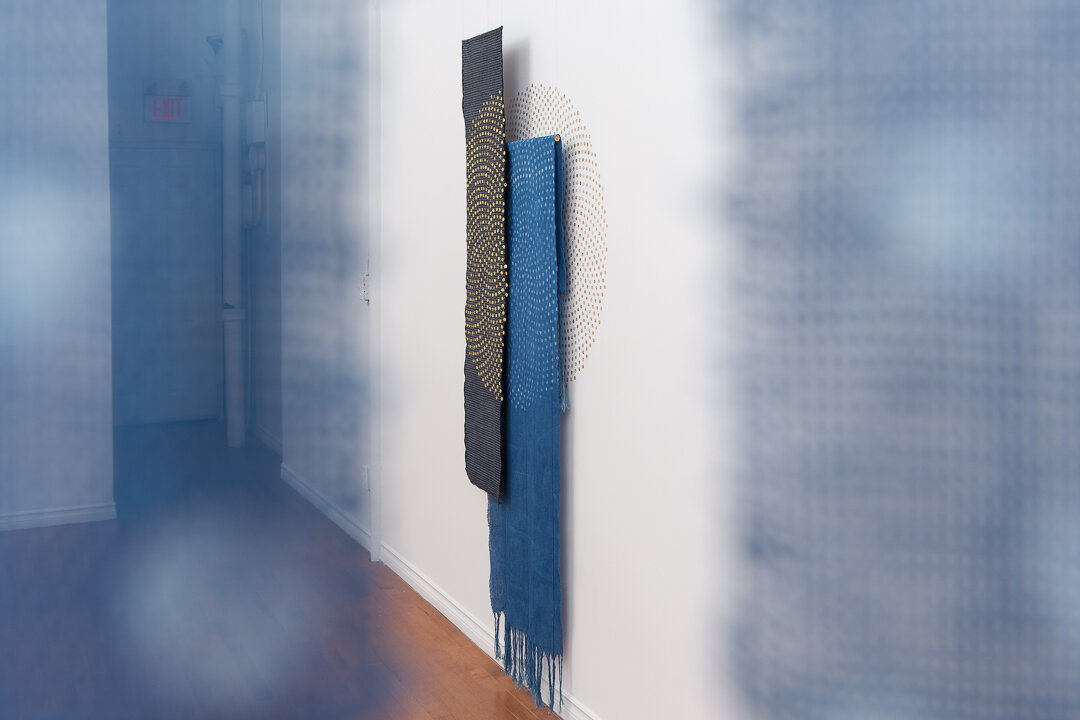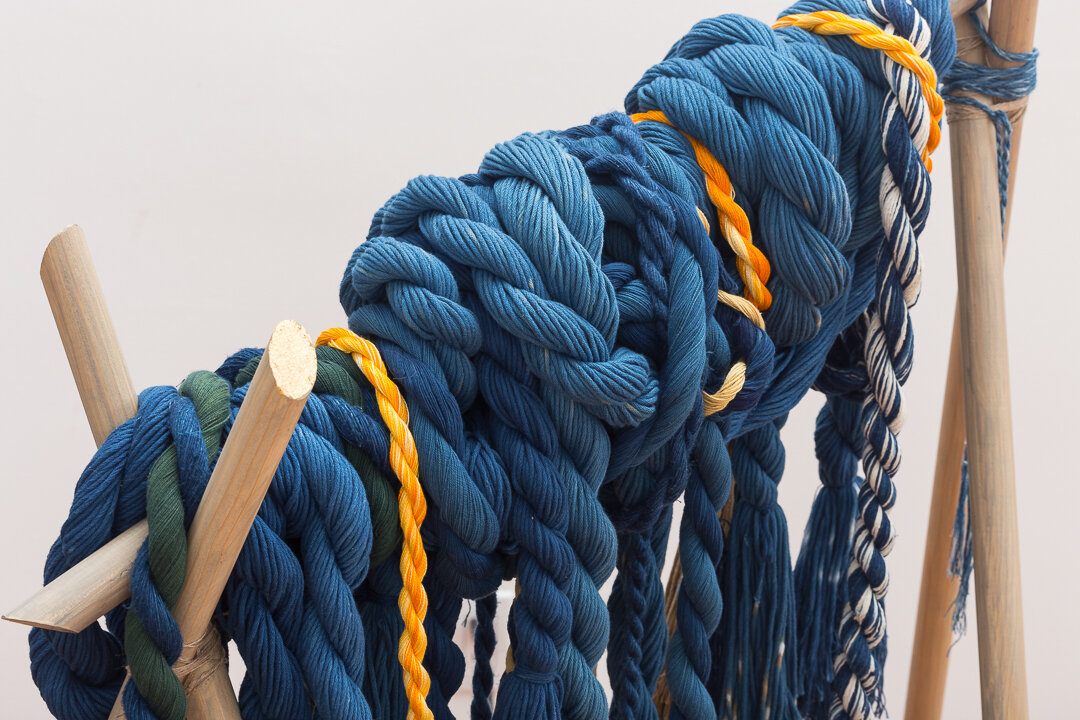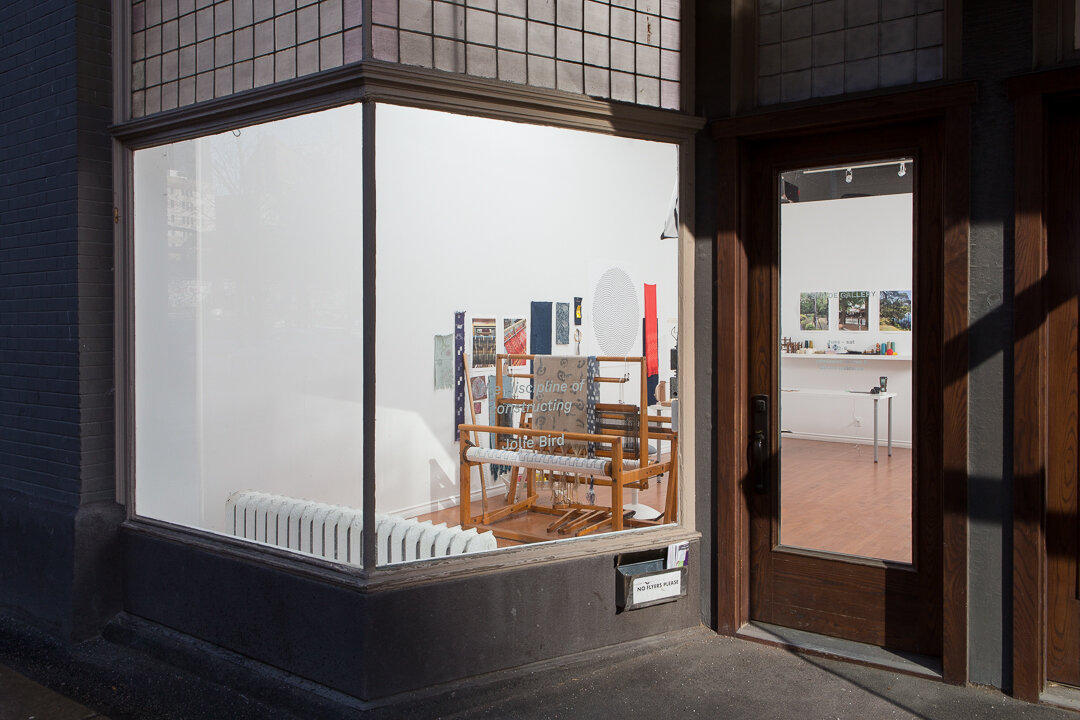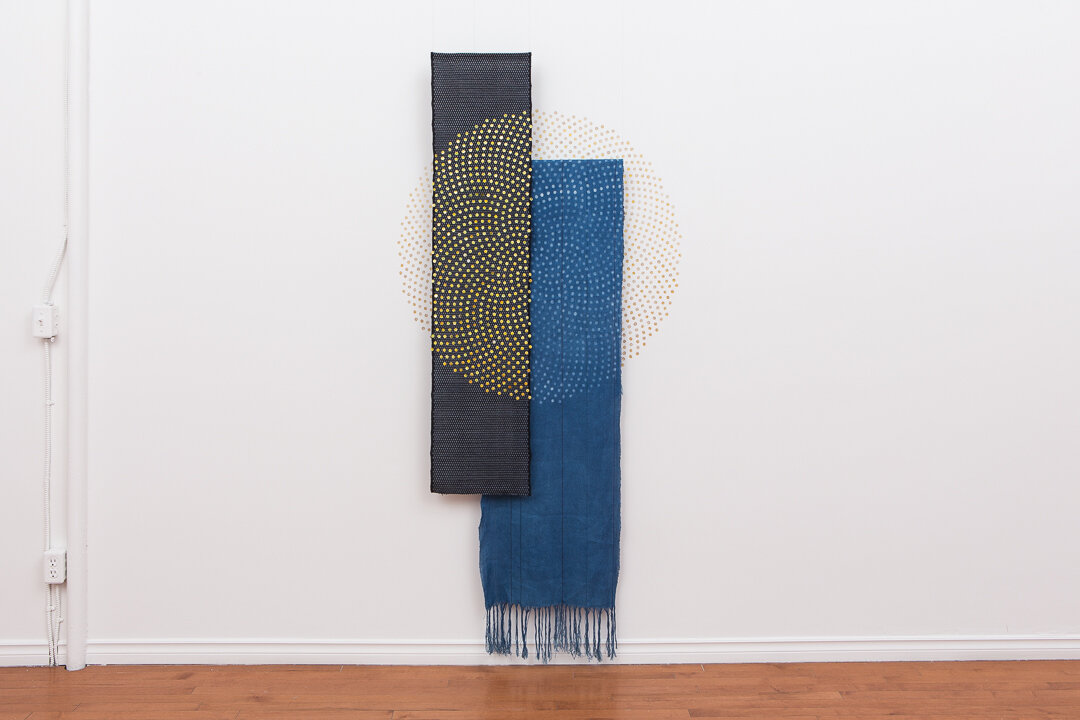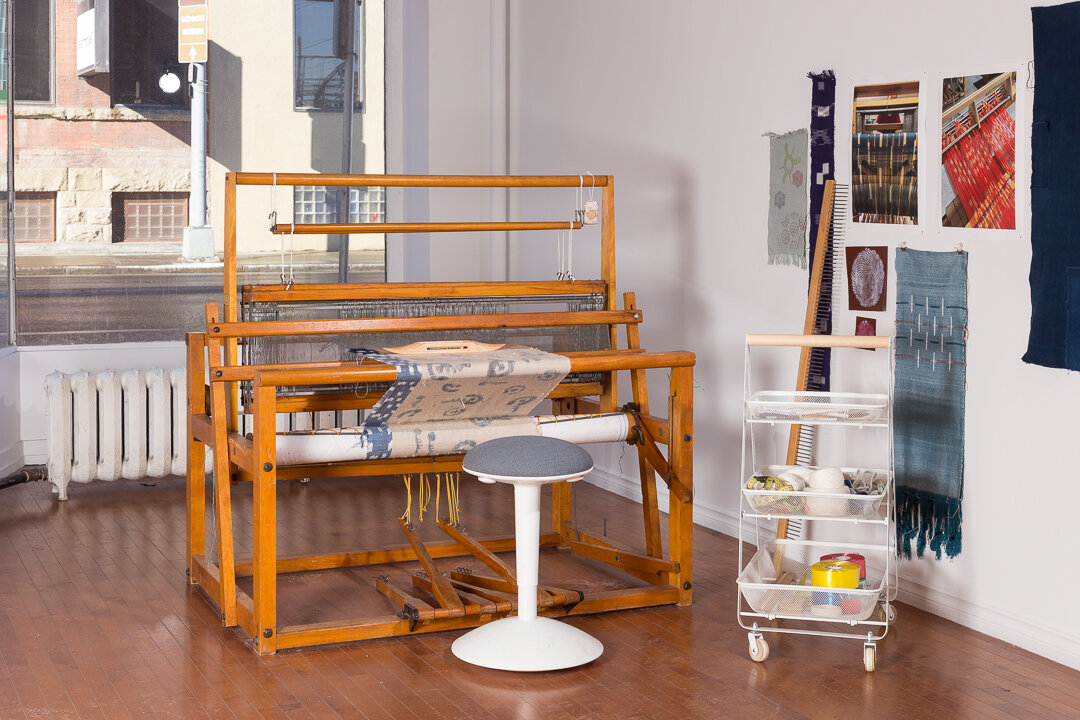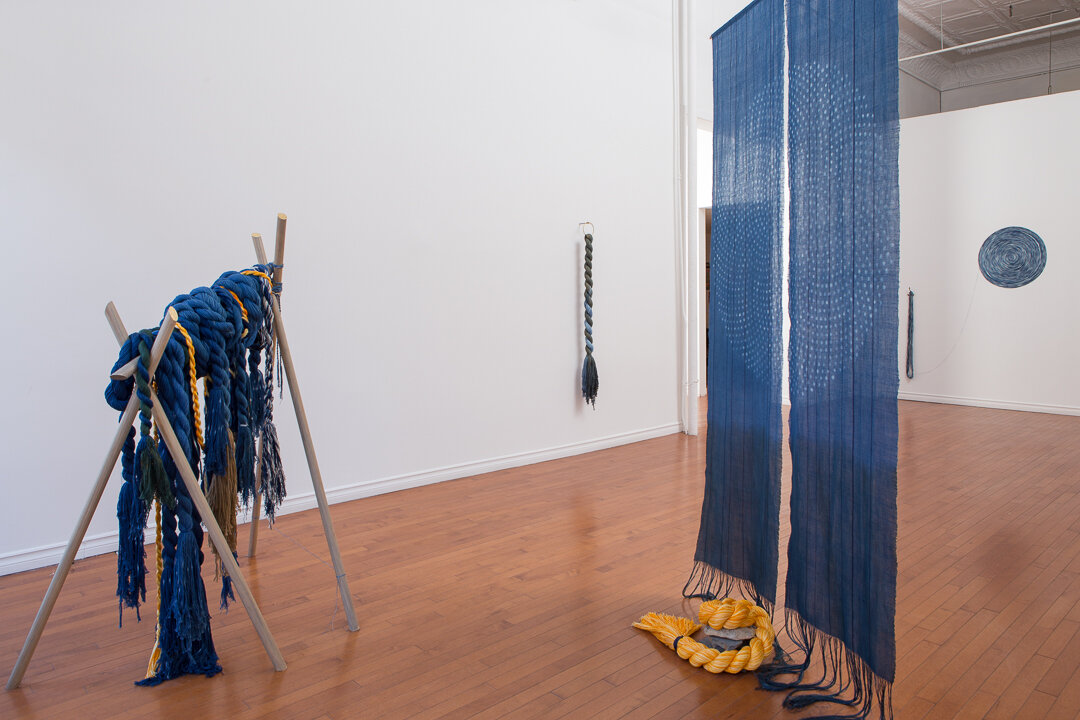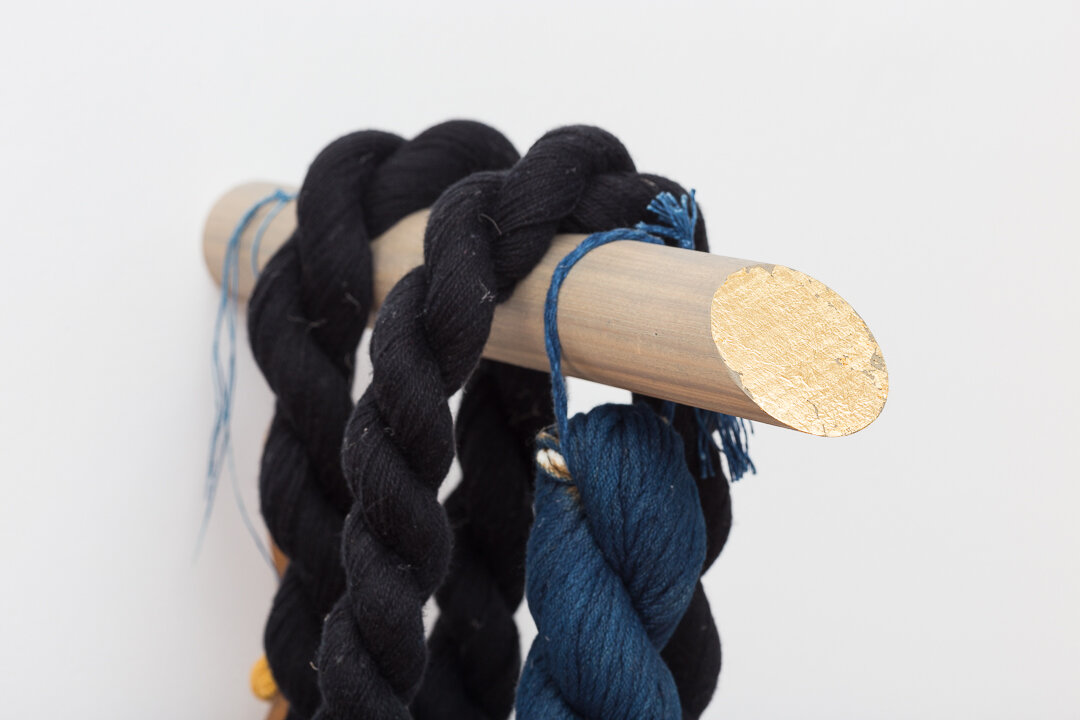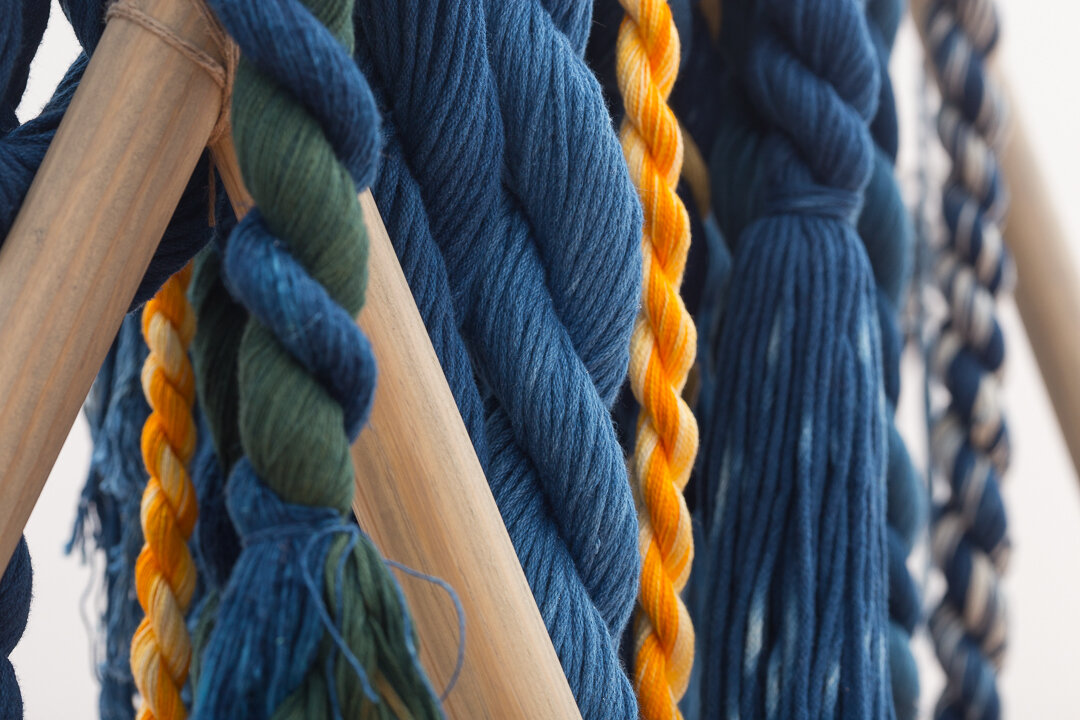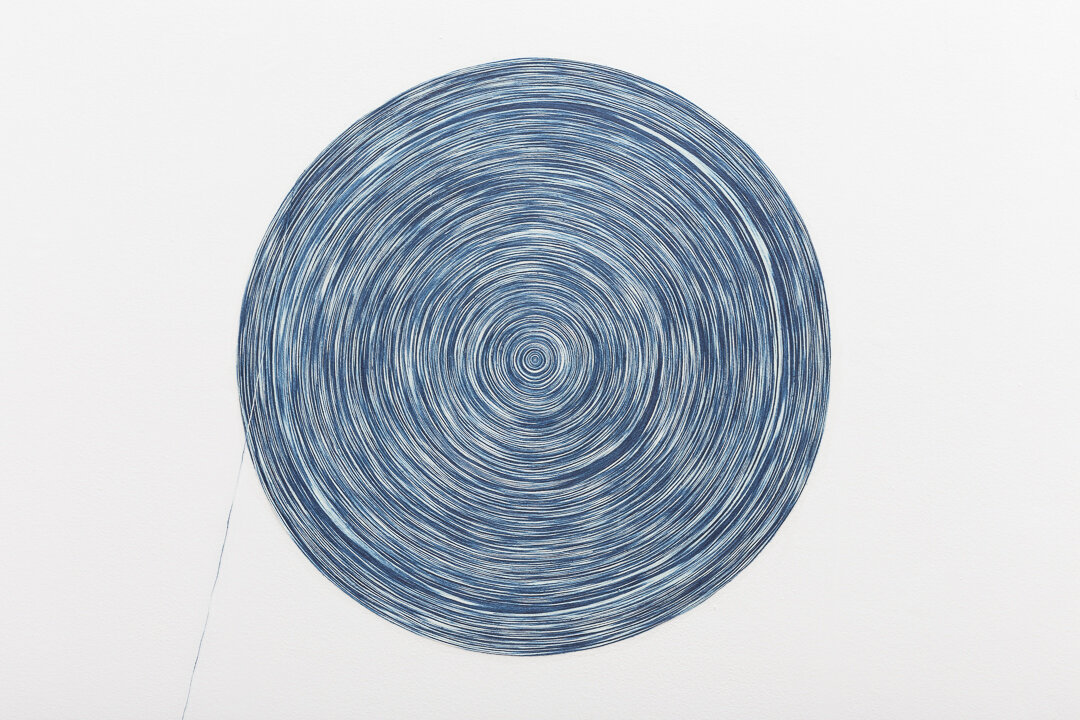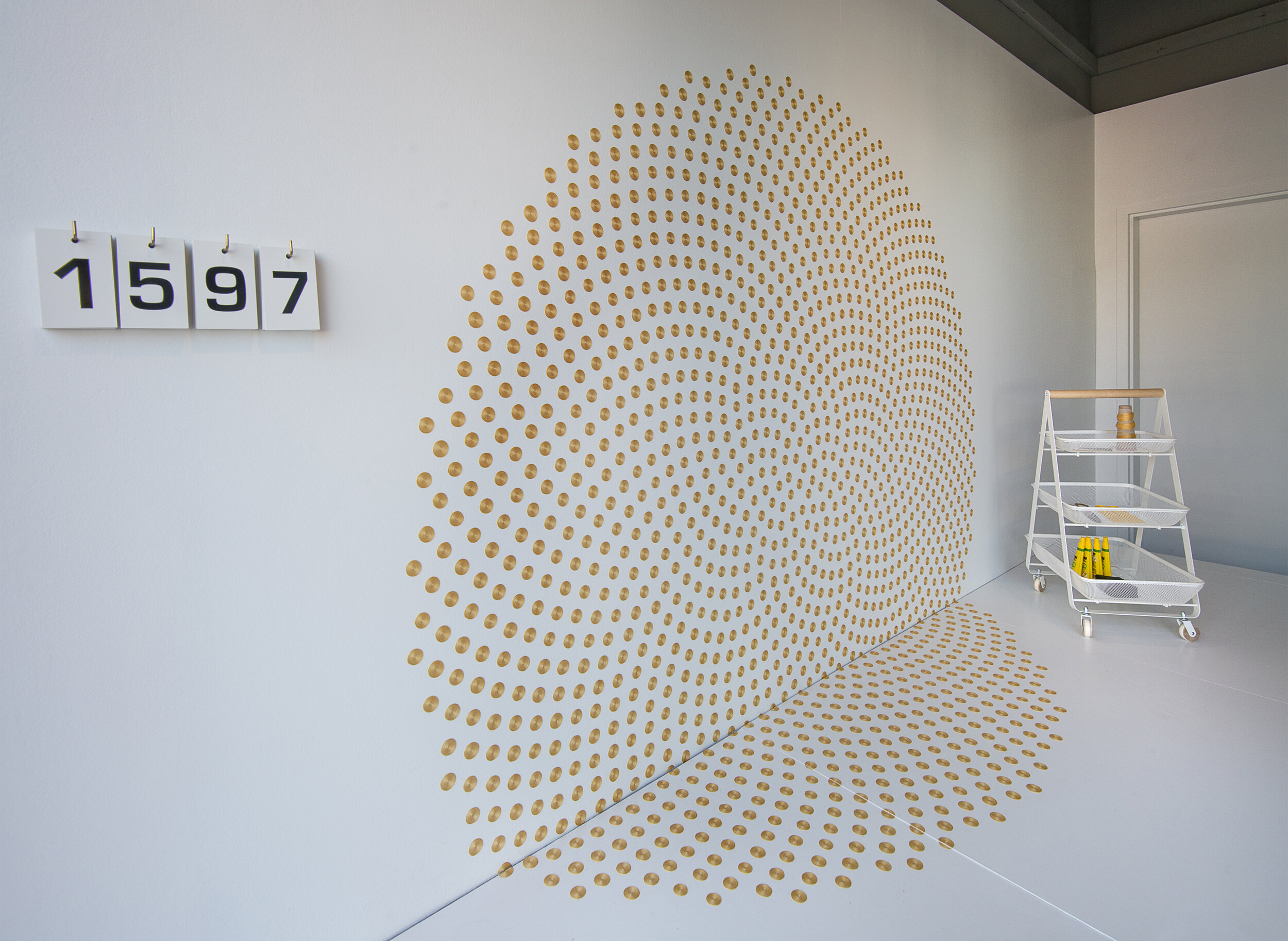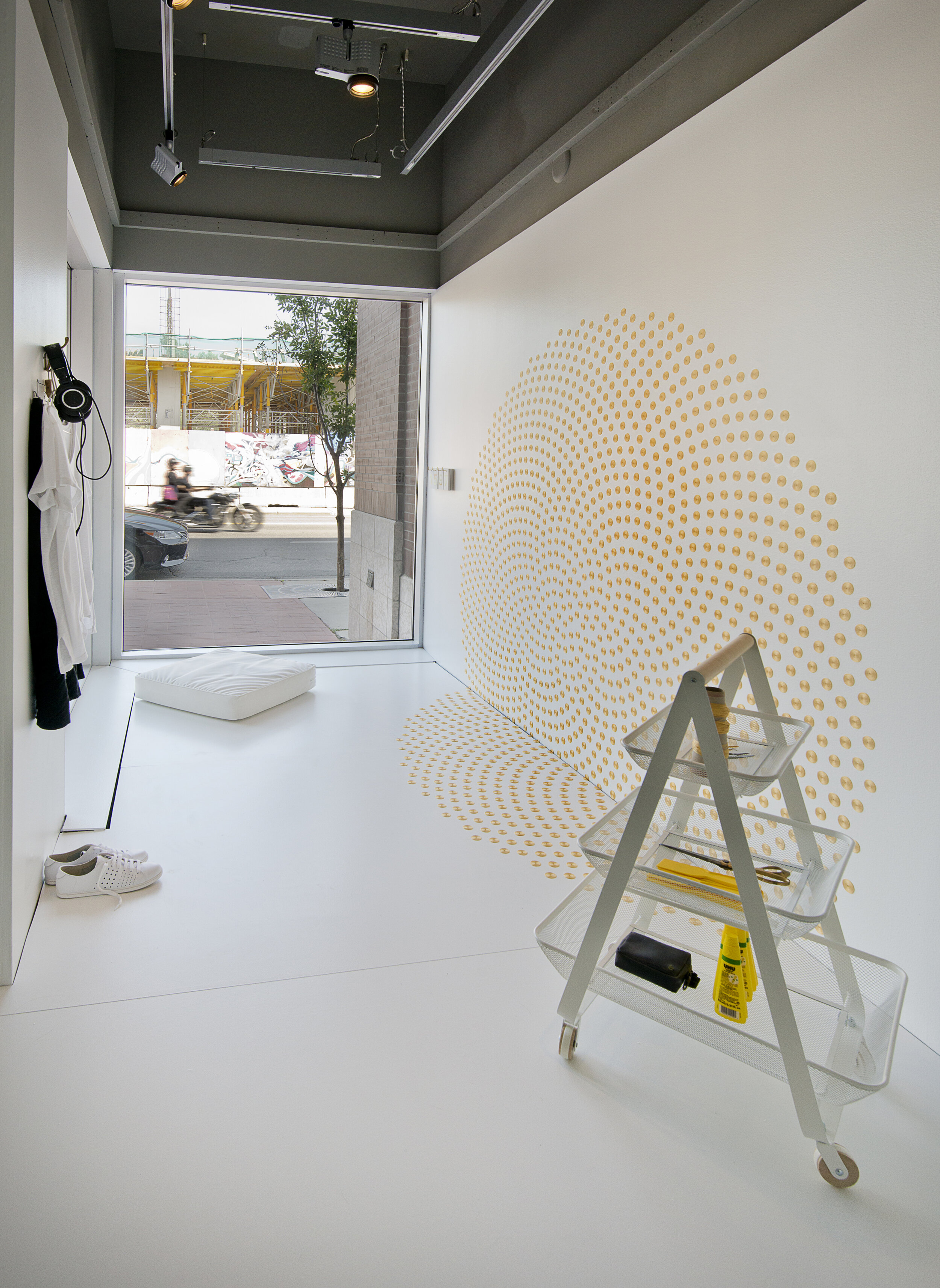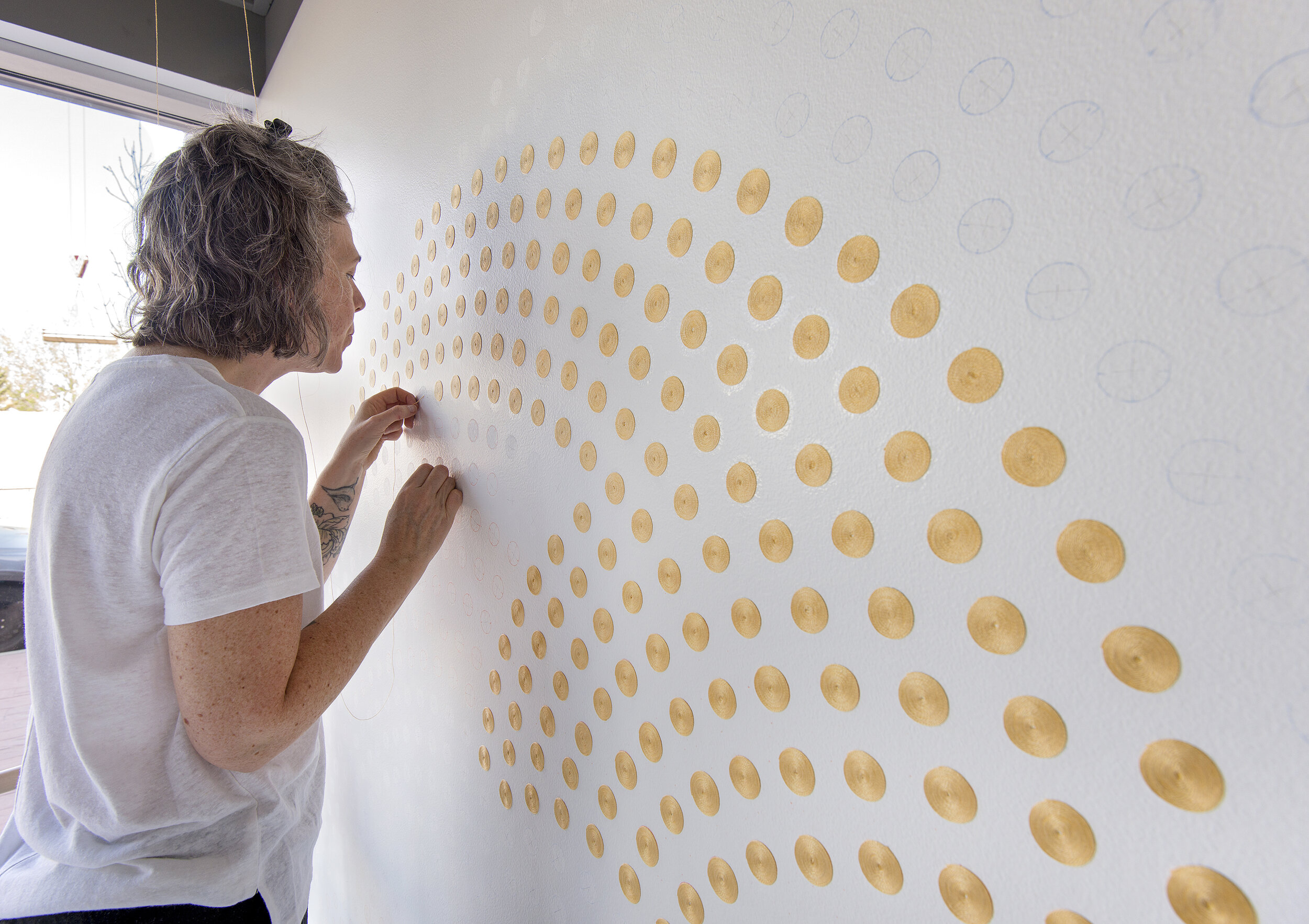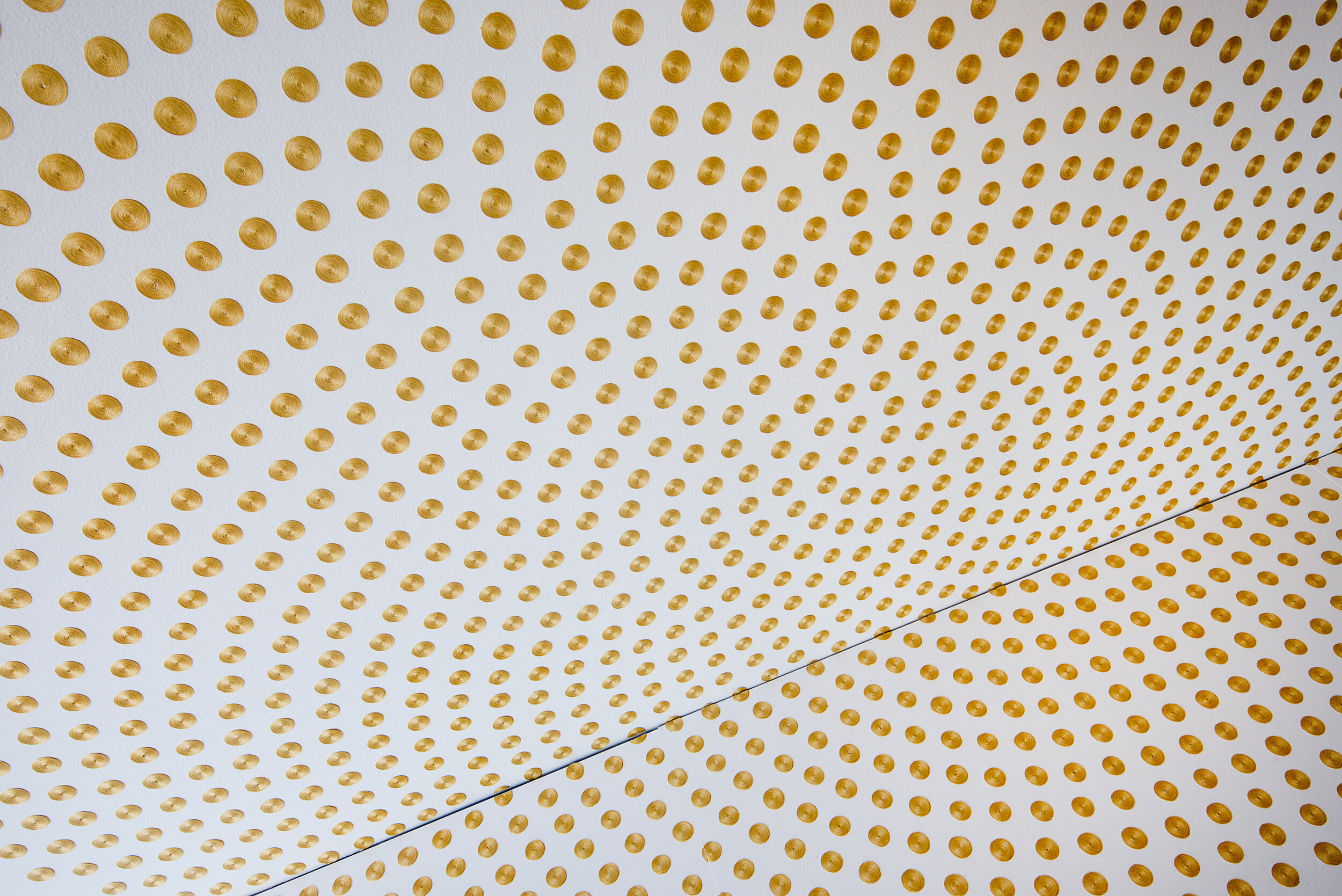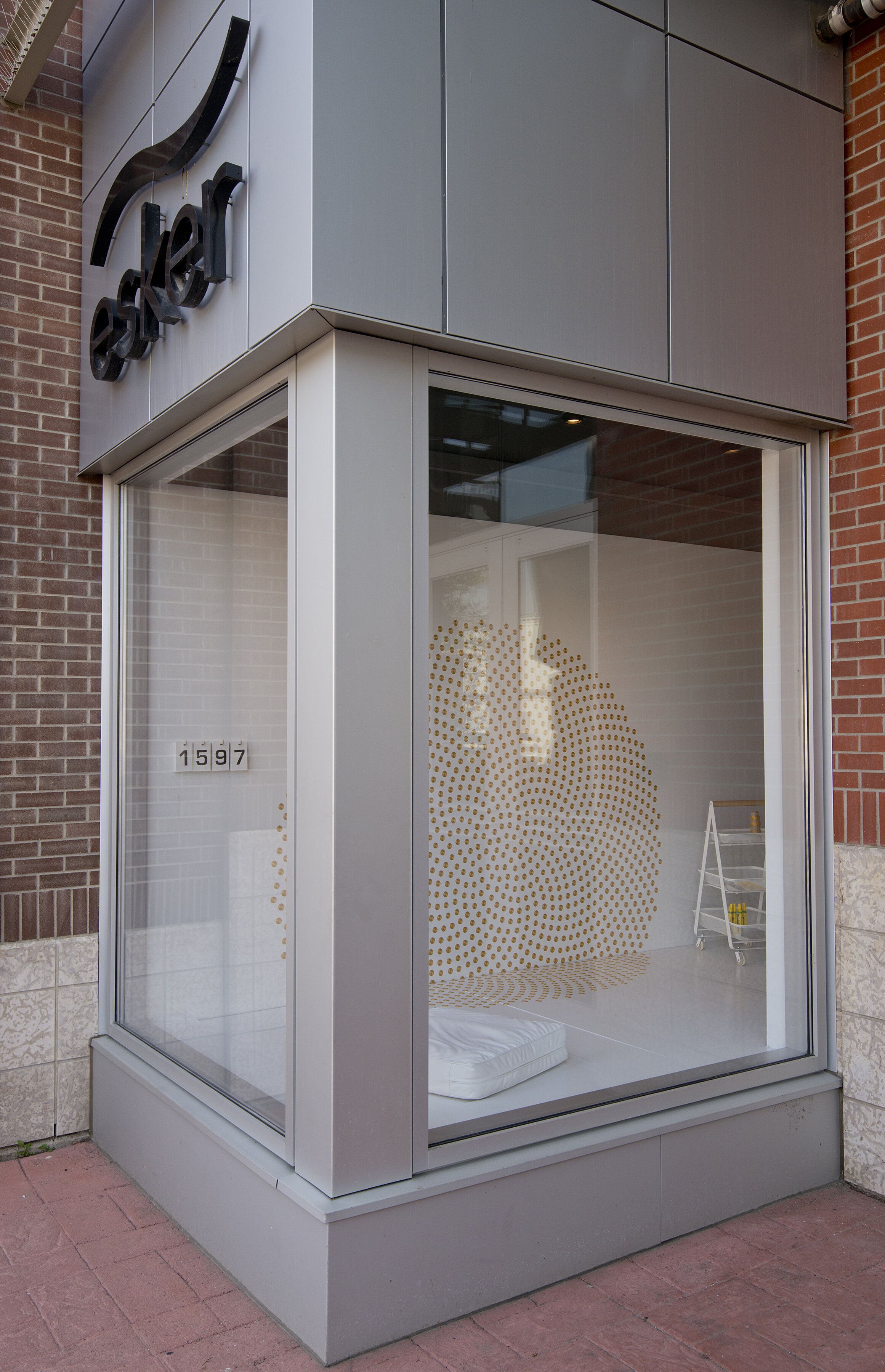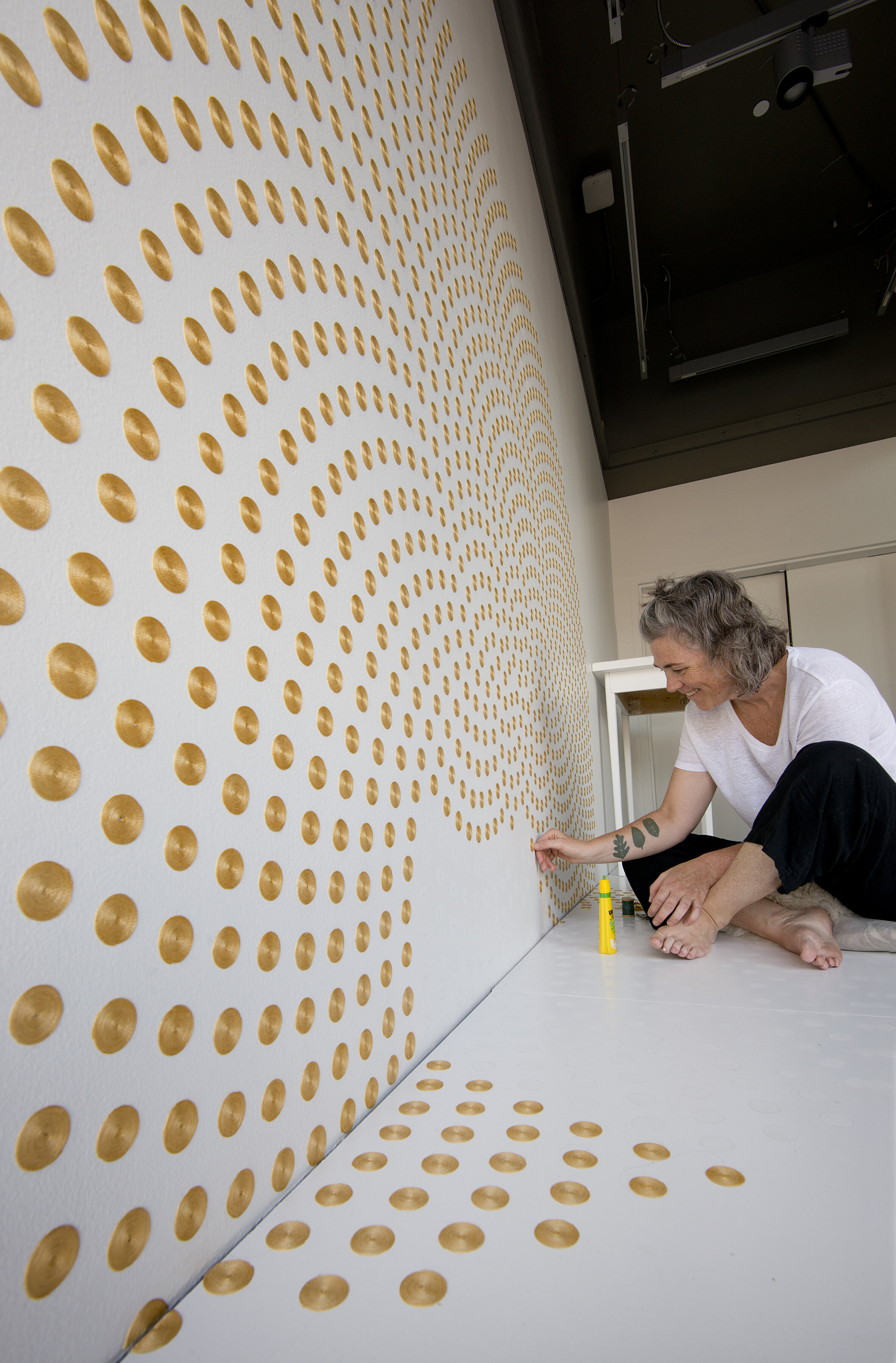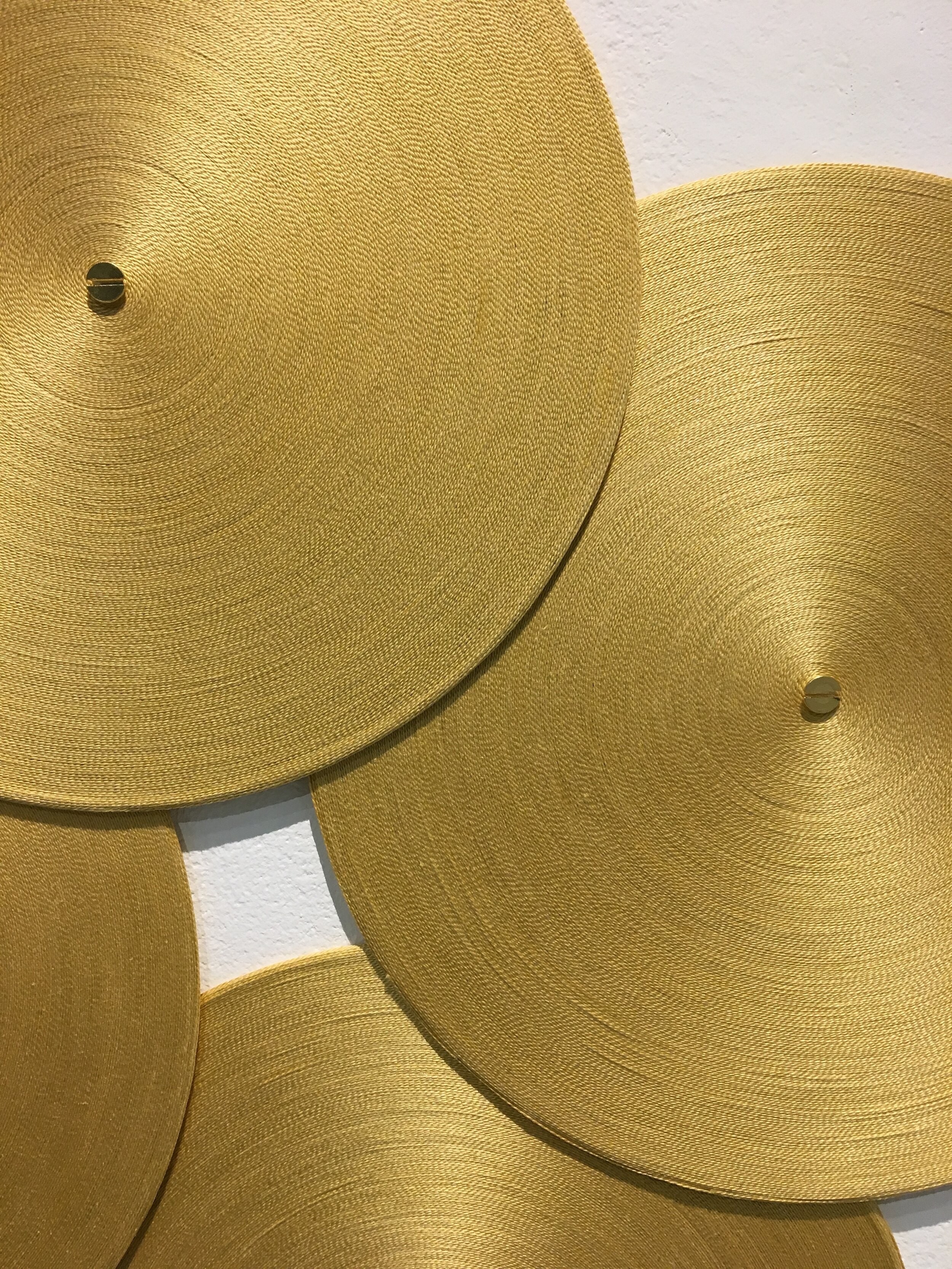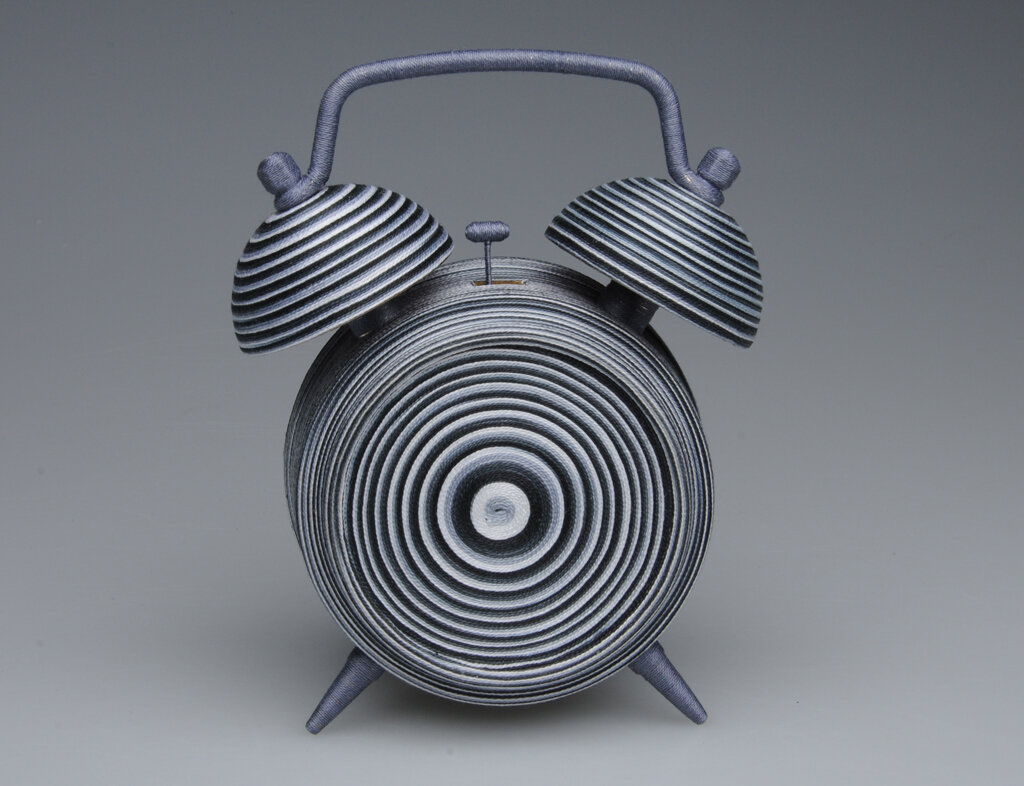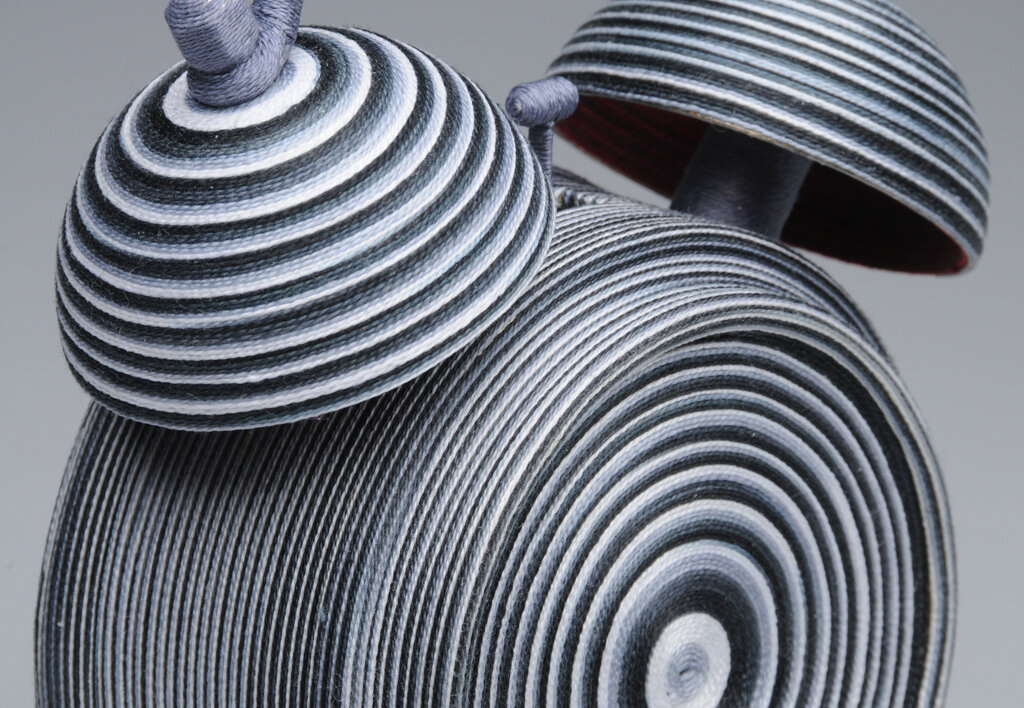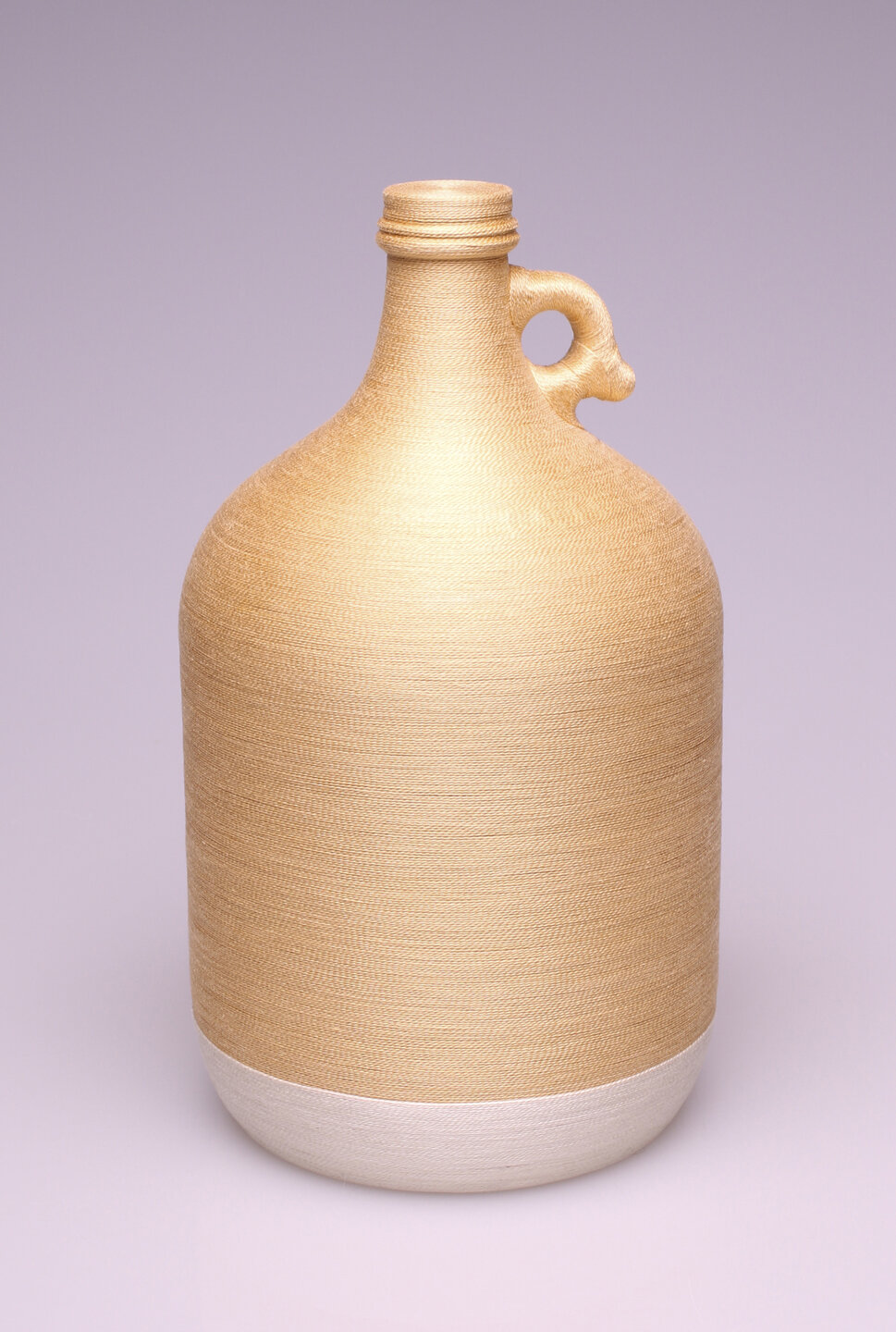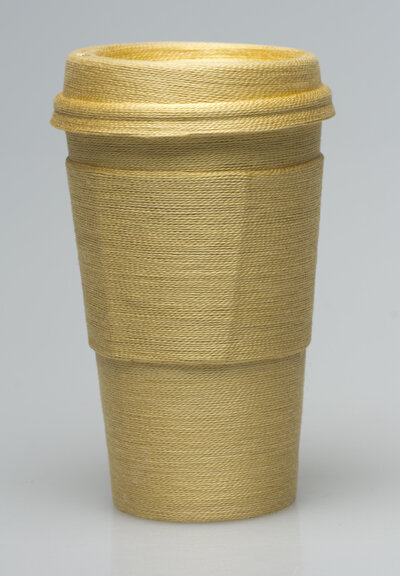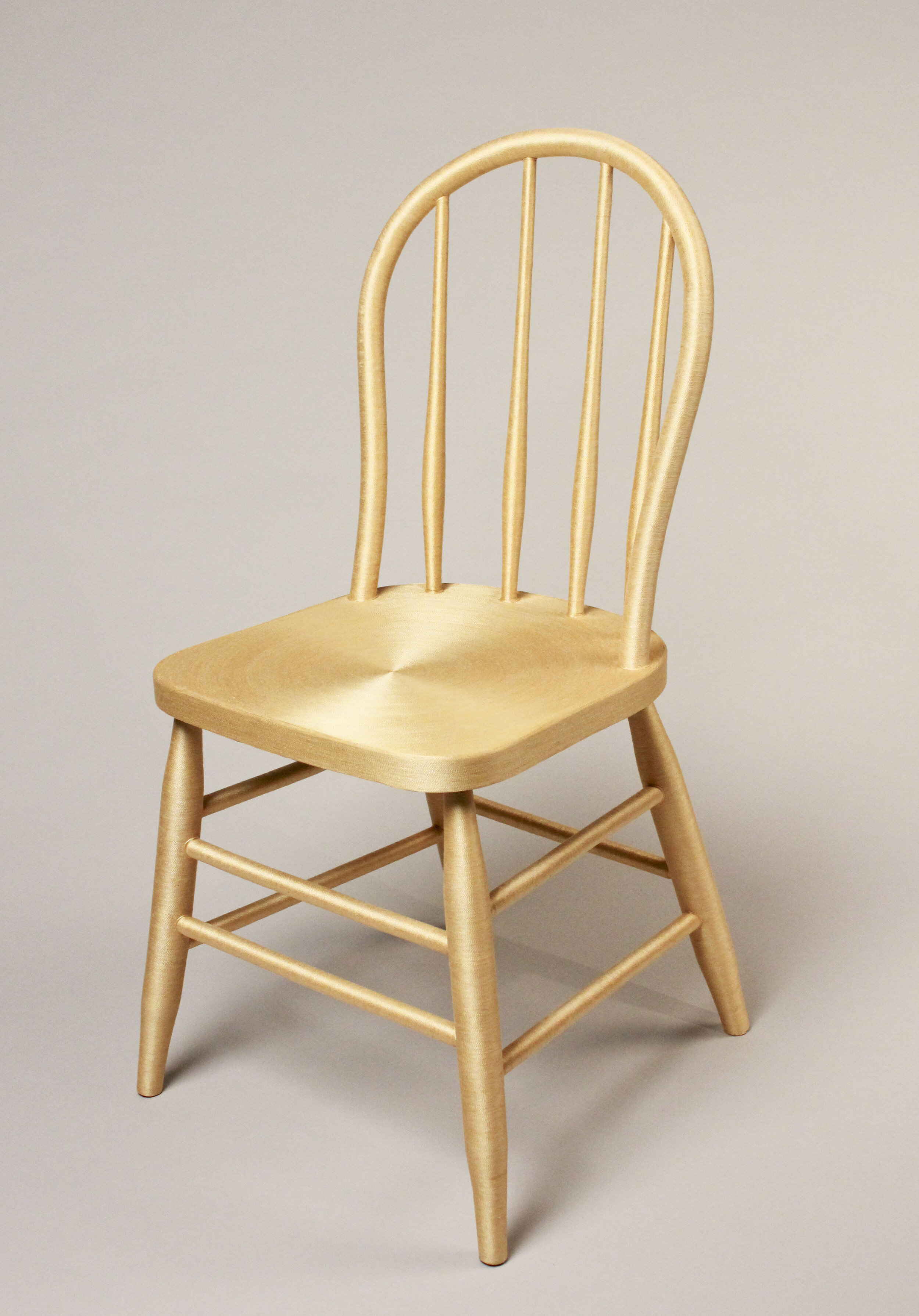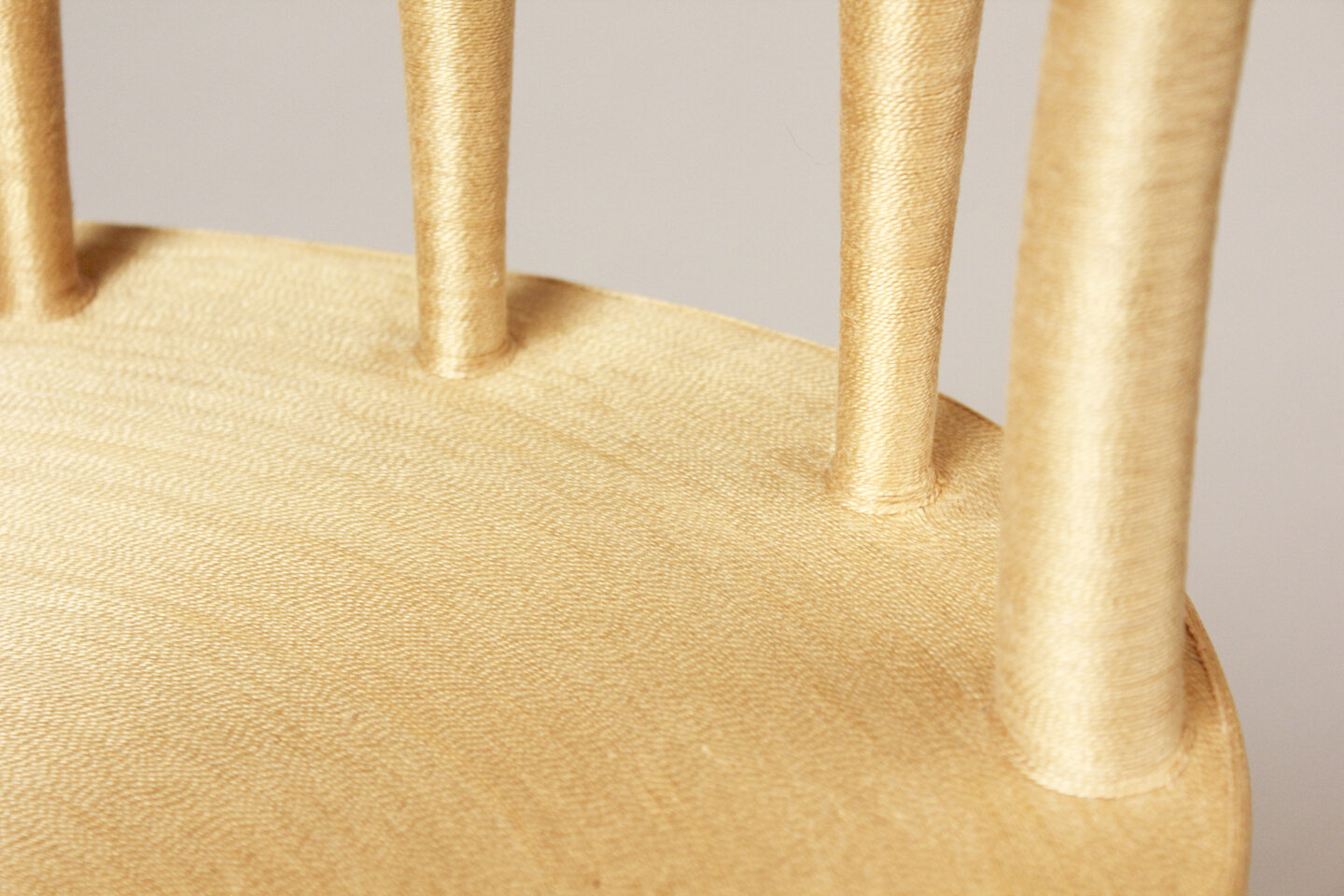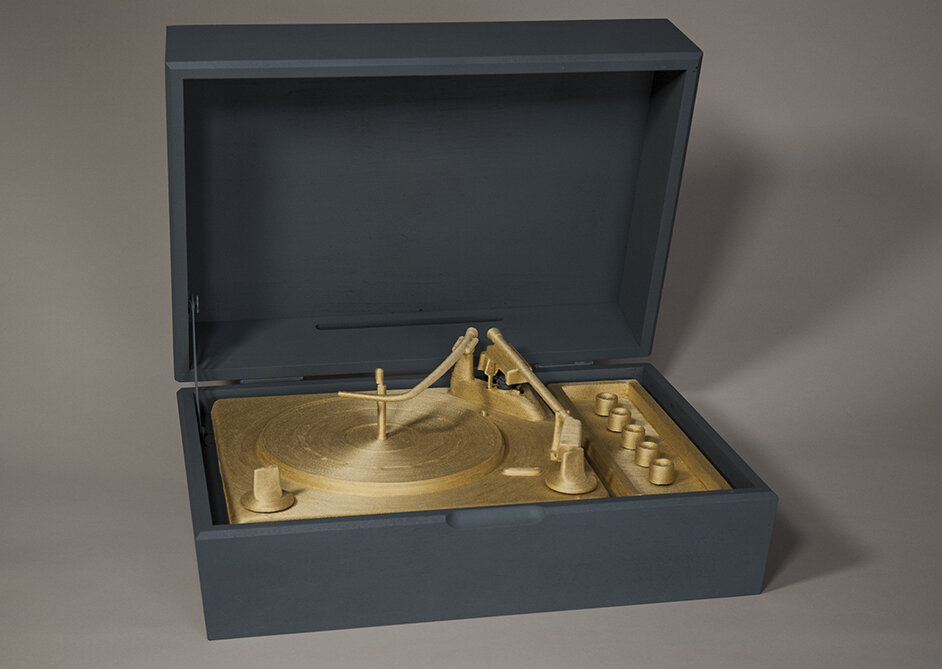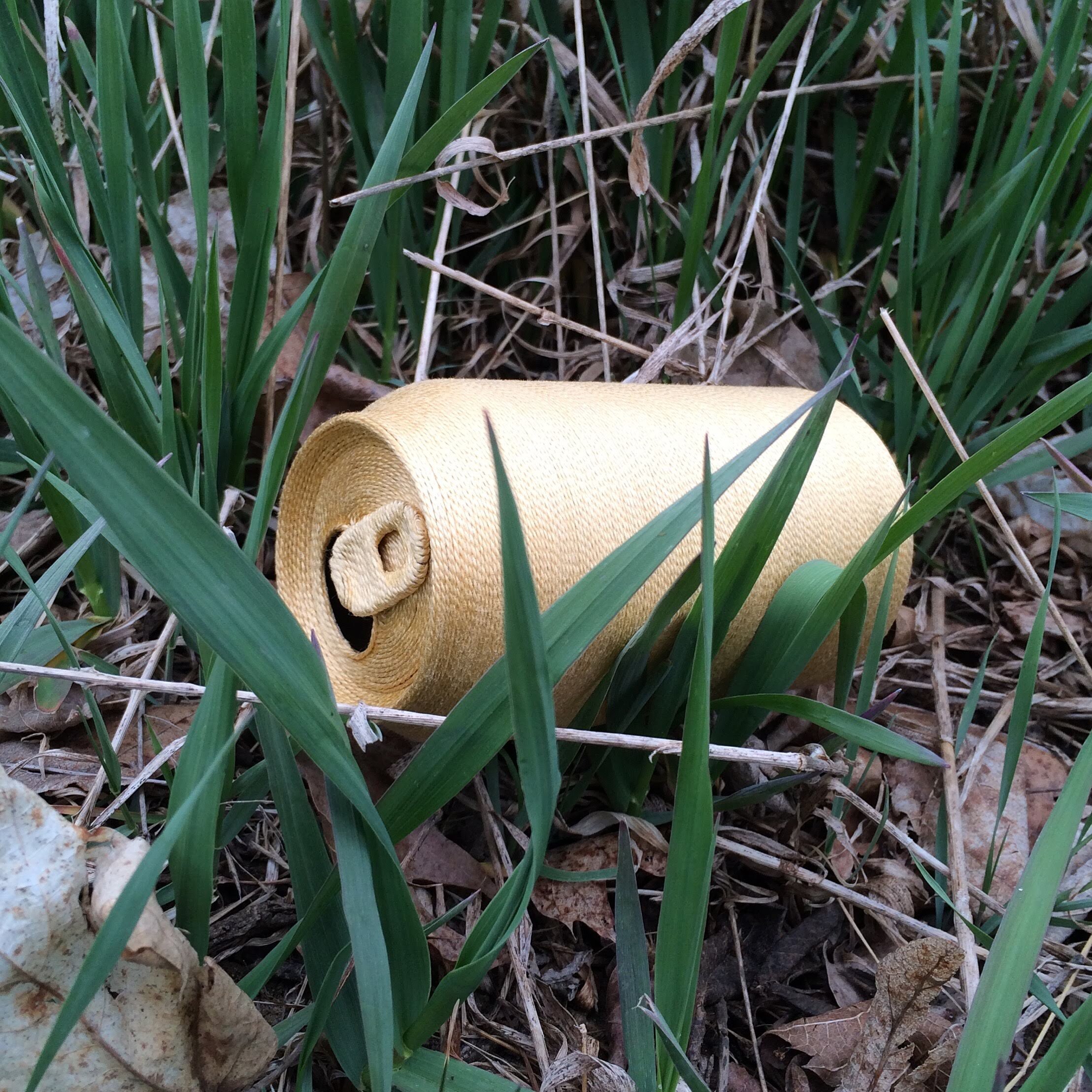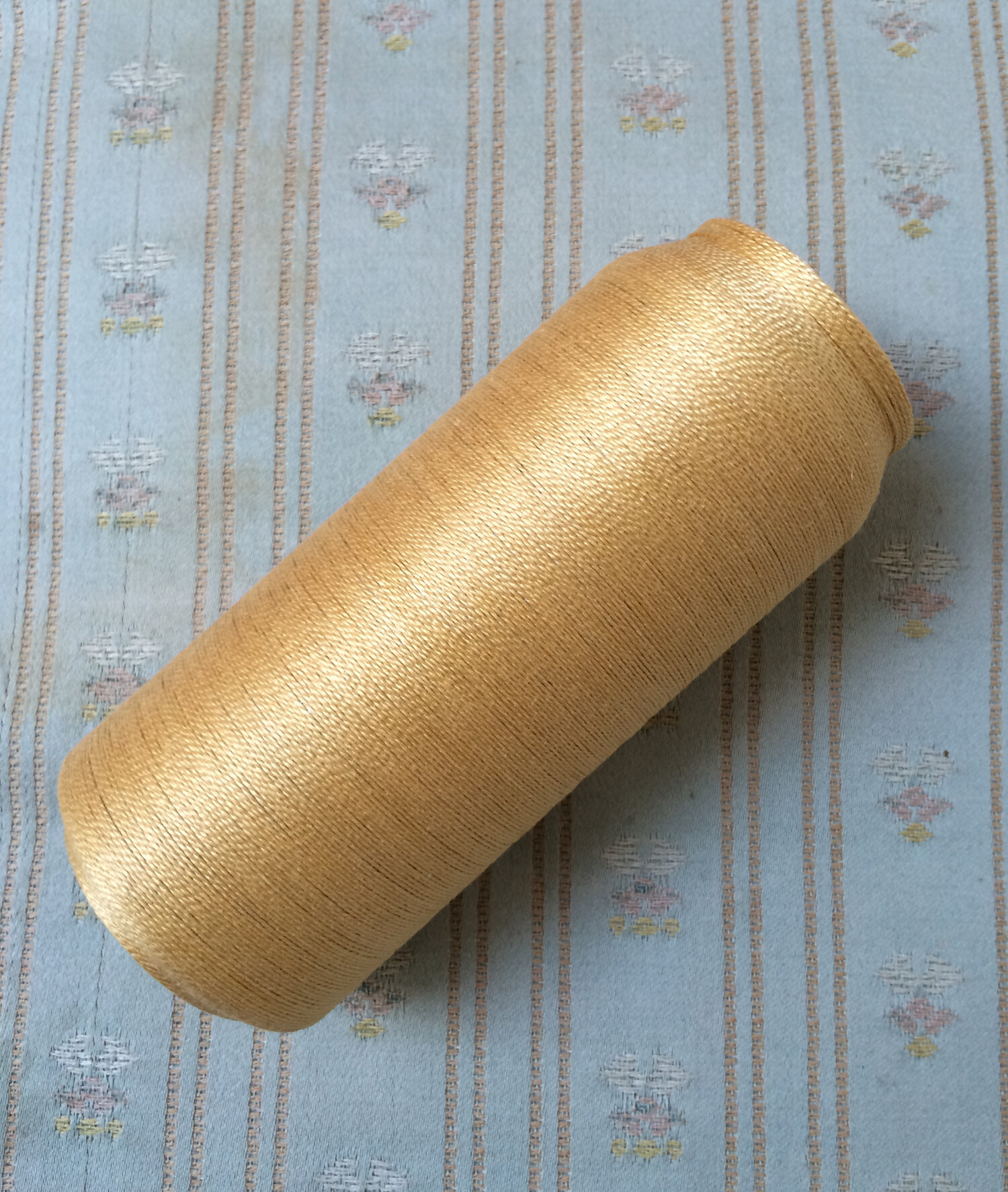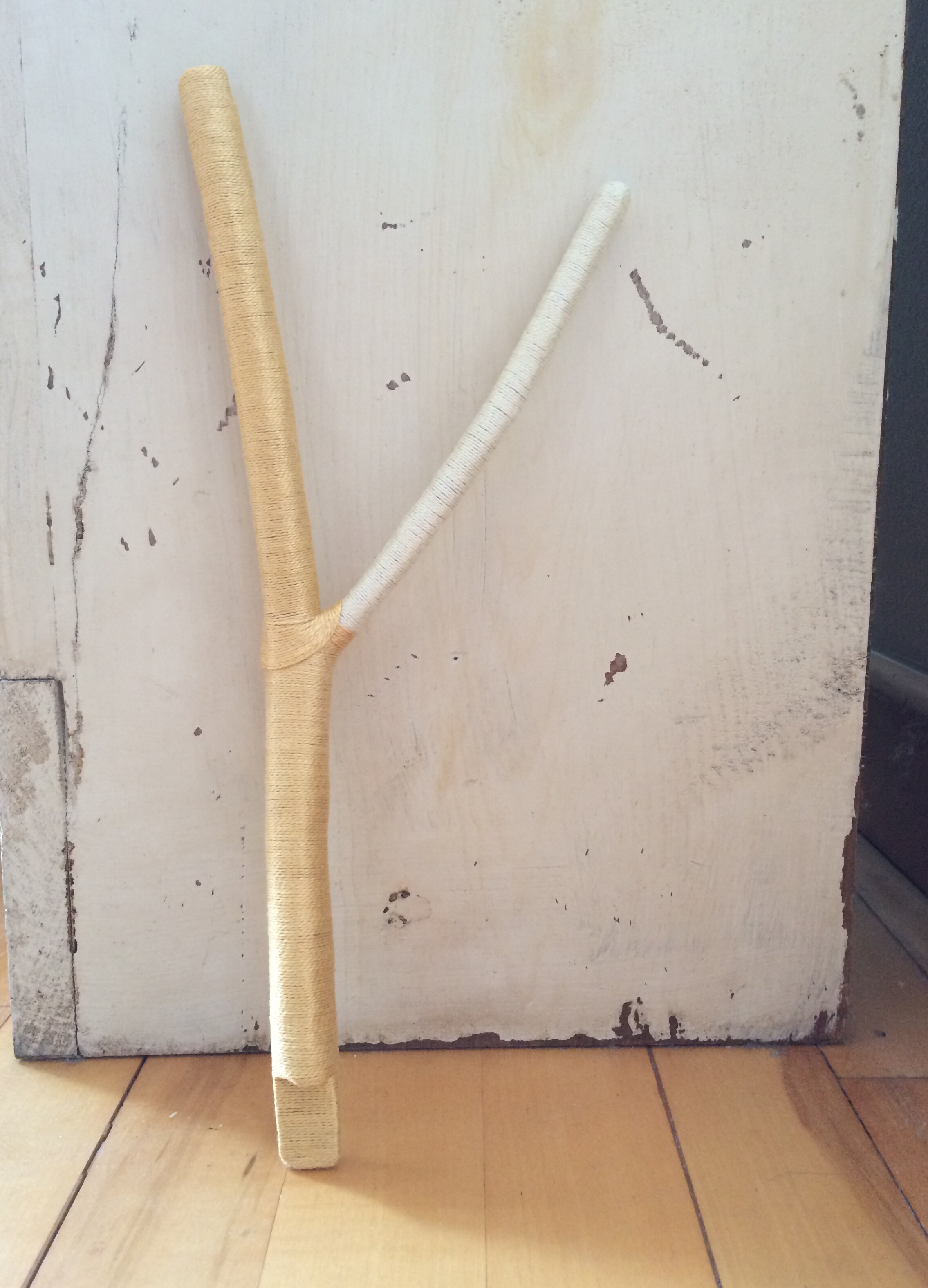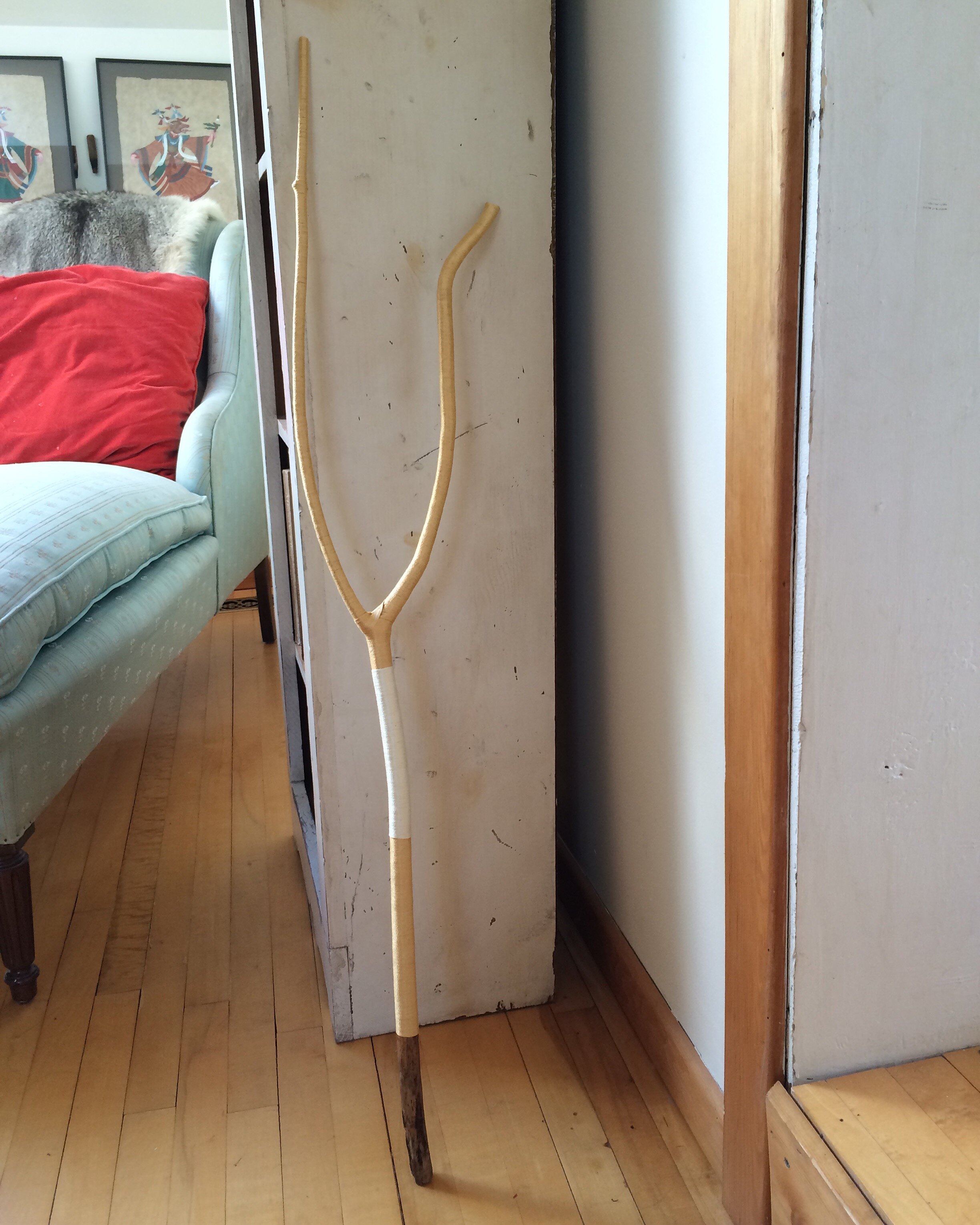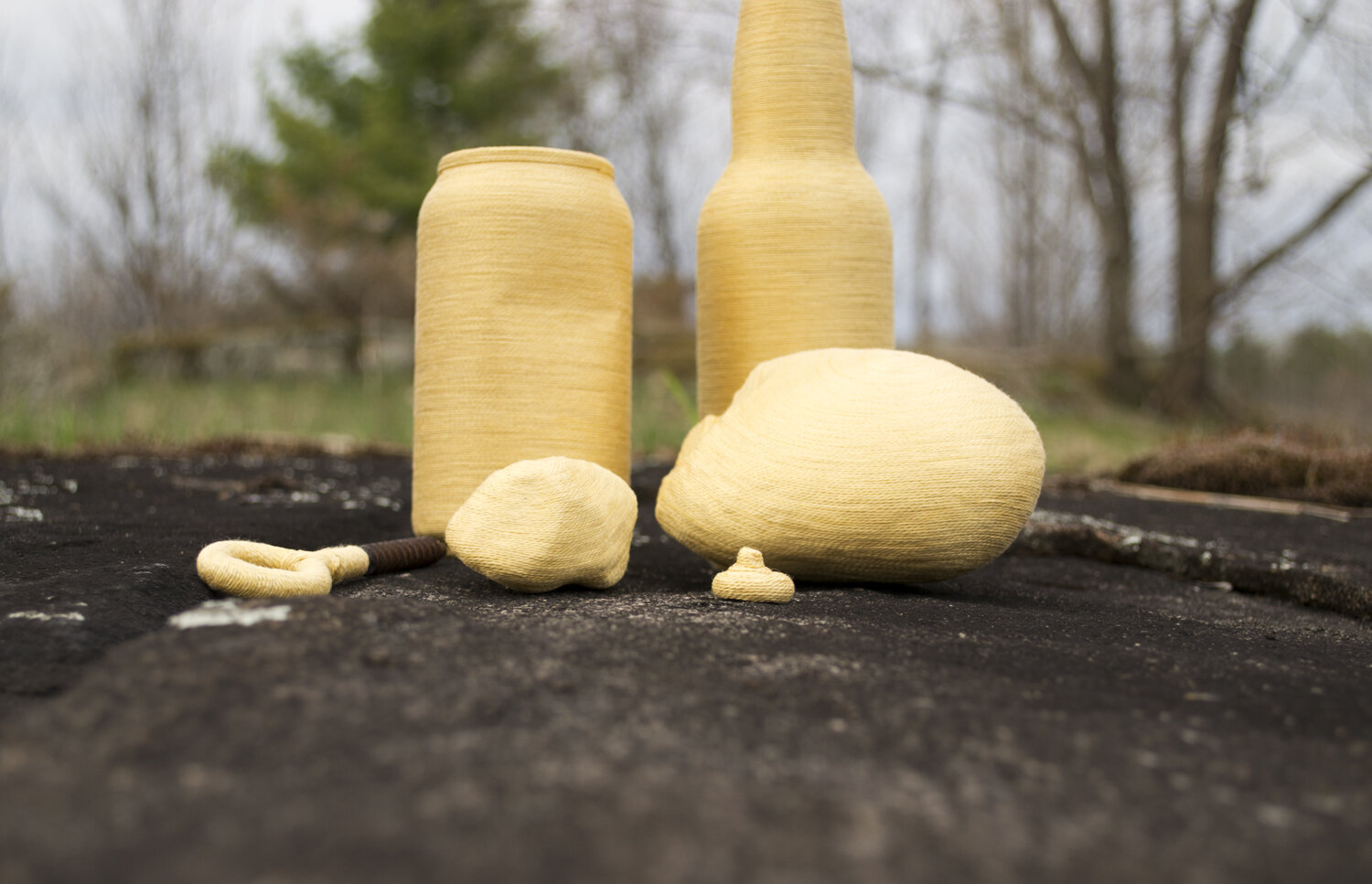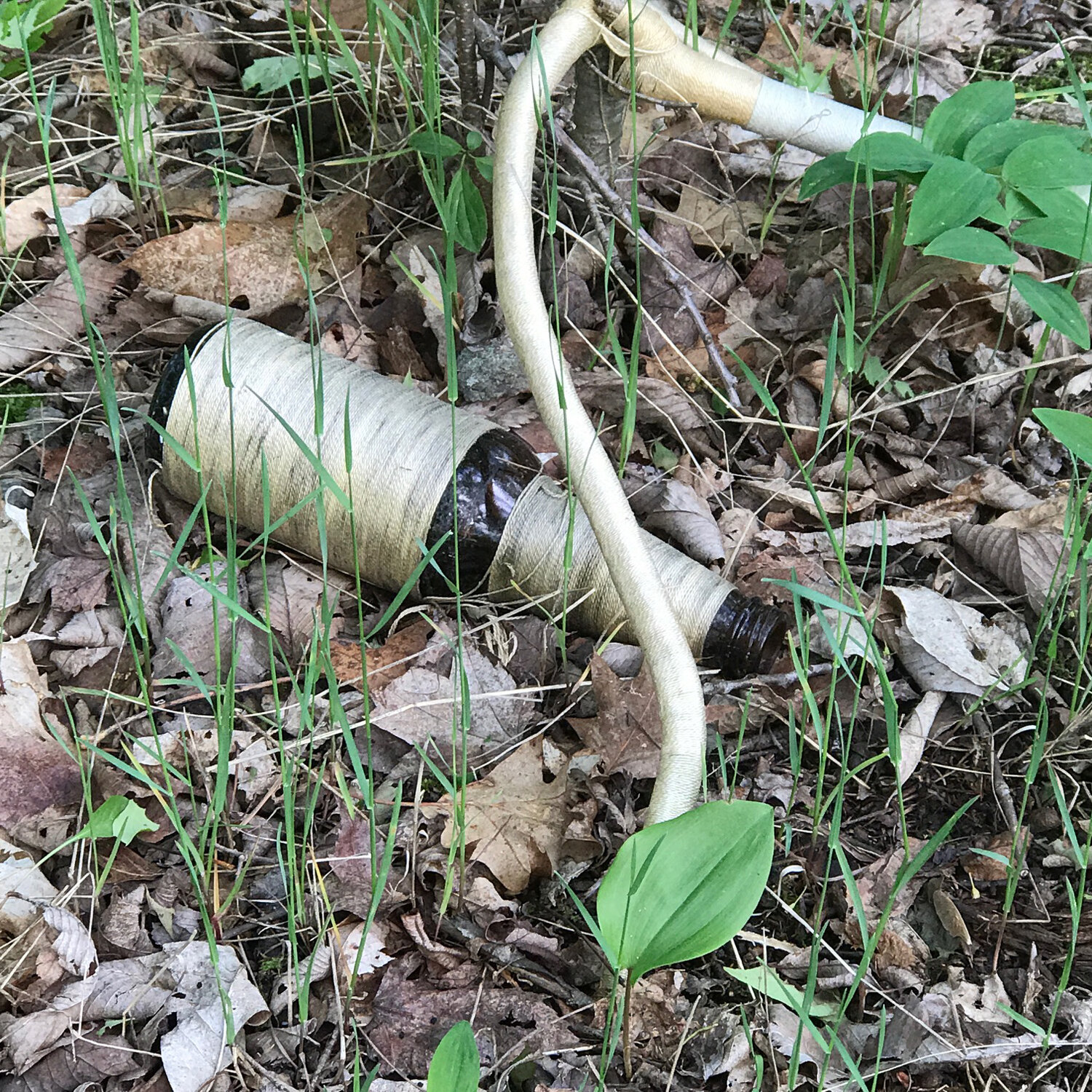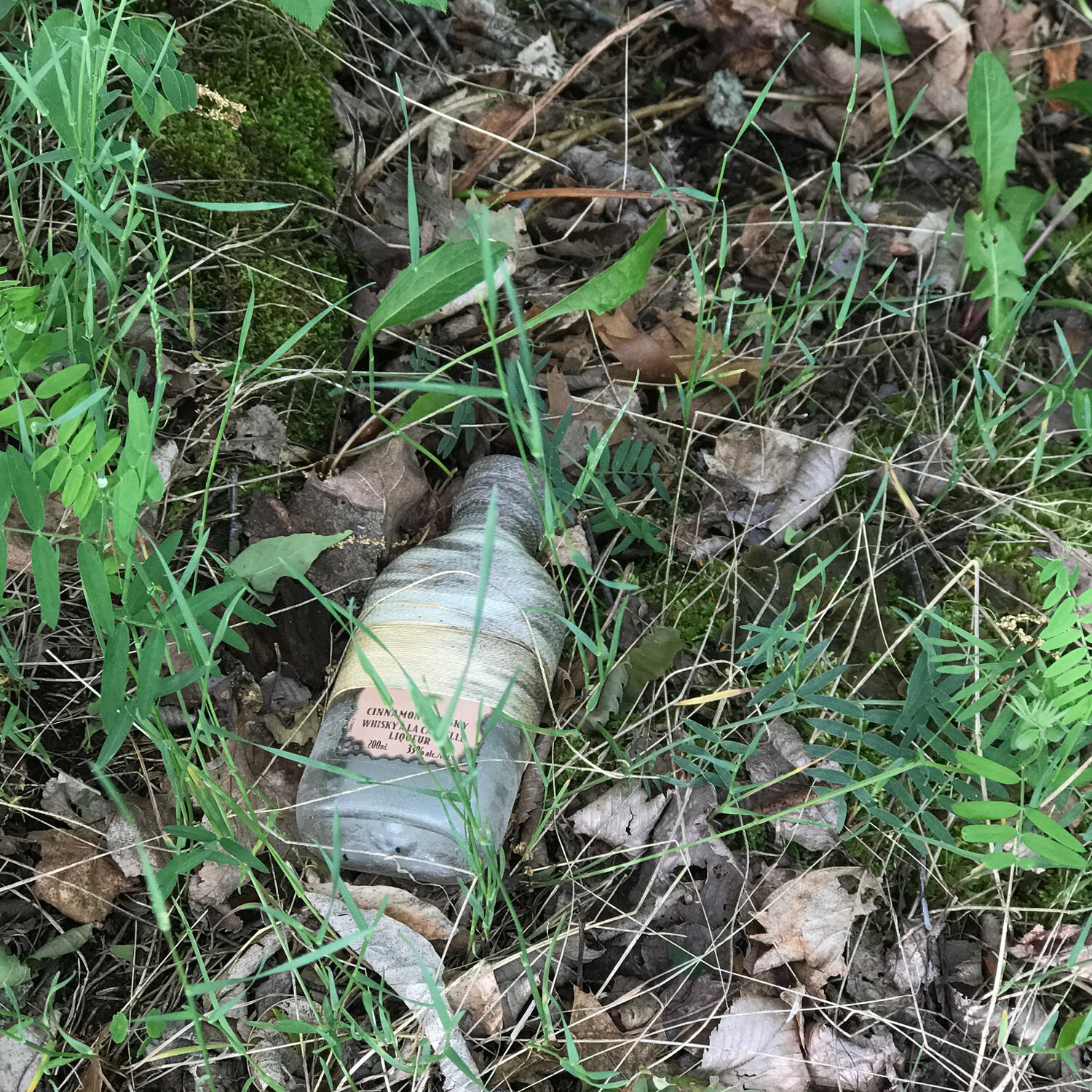NOVUS TEXTURA
Reweaving the urban fabric represents the metaphor of the urban fabric by converting the existing, sculptural Galleria Trees into a giant loom, in expressing the transformational energy that has been surging through our city since the first days of the COVID-19 global pandemic. Its location highlights the pedestrian block as an important downtown gateway node with its multi-modal infrastructure. In combining the art of weaving within an urban landscape narrative, this public art installation is an engaging reflection of local identity during a pivotal time in our city’s history.
NOVUS TEXTURA is a public art installation completed after three years of development between artists and a team of multidisciplinary partners who are bringing an artistic vision to life.
The project was supported by the Calgary Downtown Association (CDA), a non-profit Business Improvement Area (BIA) representing over 2,500 businesses in a 120-block area, who advocate for Downtown’s prosperity and resilience on behalf of all Calgarians. It was funded through the Government of Canada’s Canada Community Revitalization Fund (CCRF).
Photo credit: Calgary Downtown Association
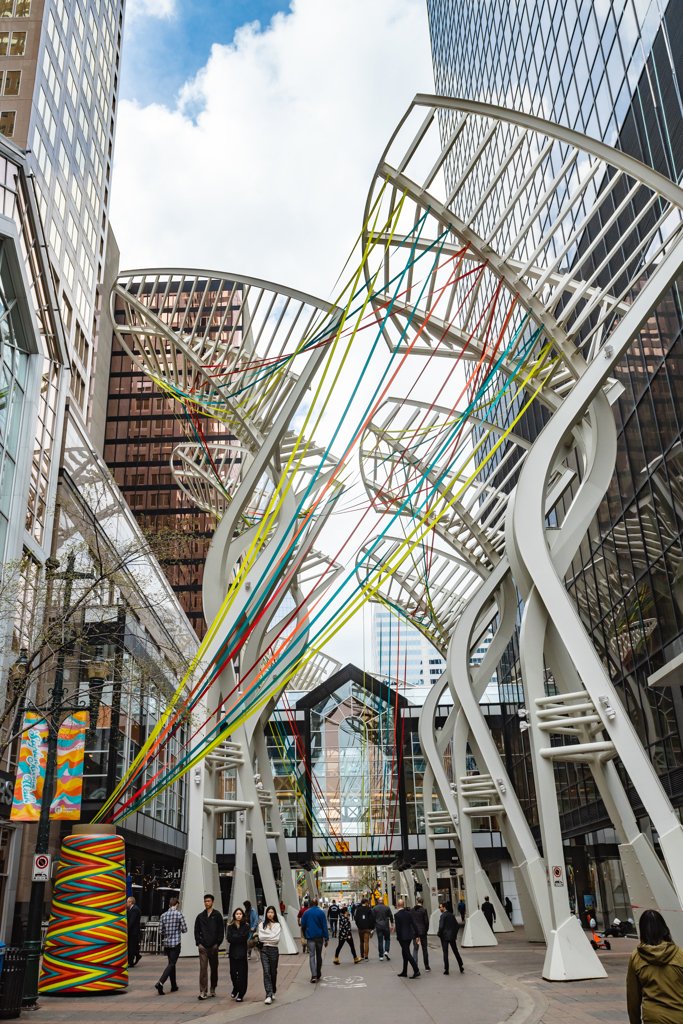
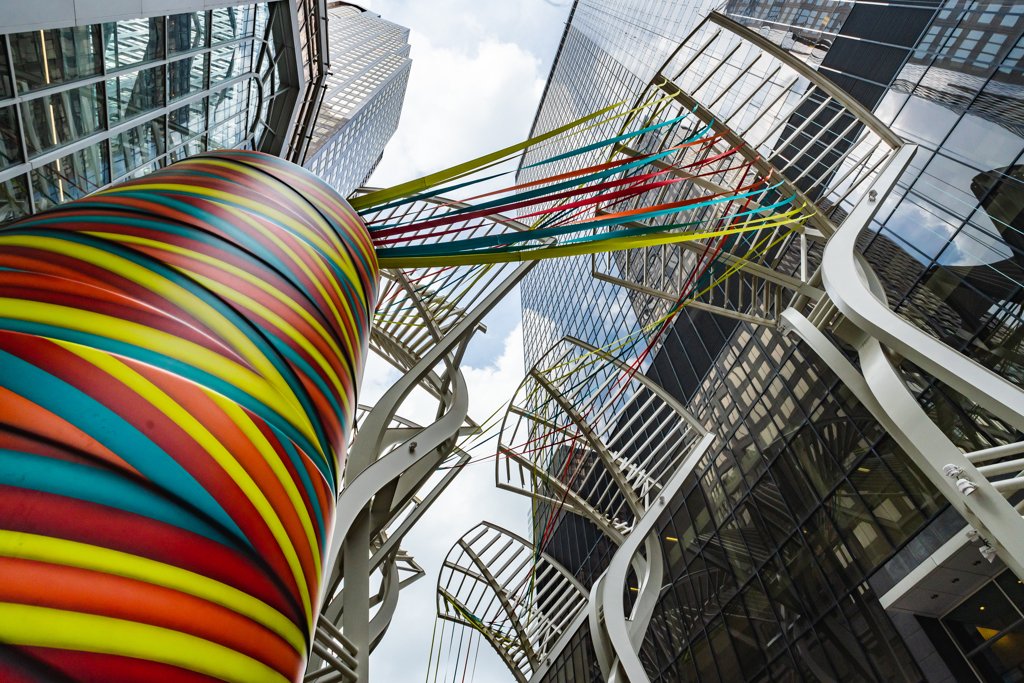
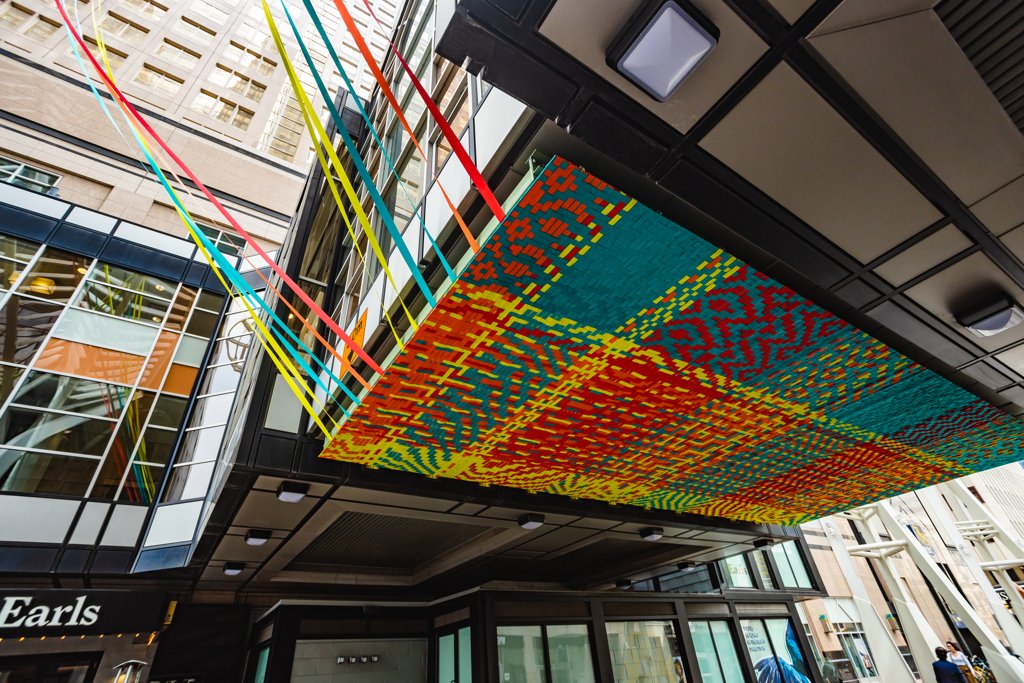
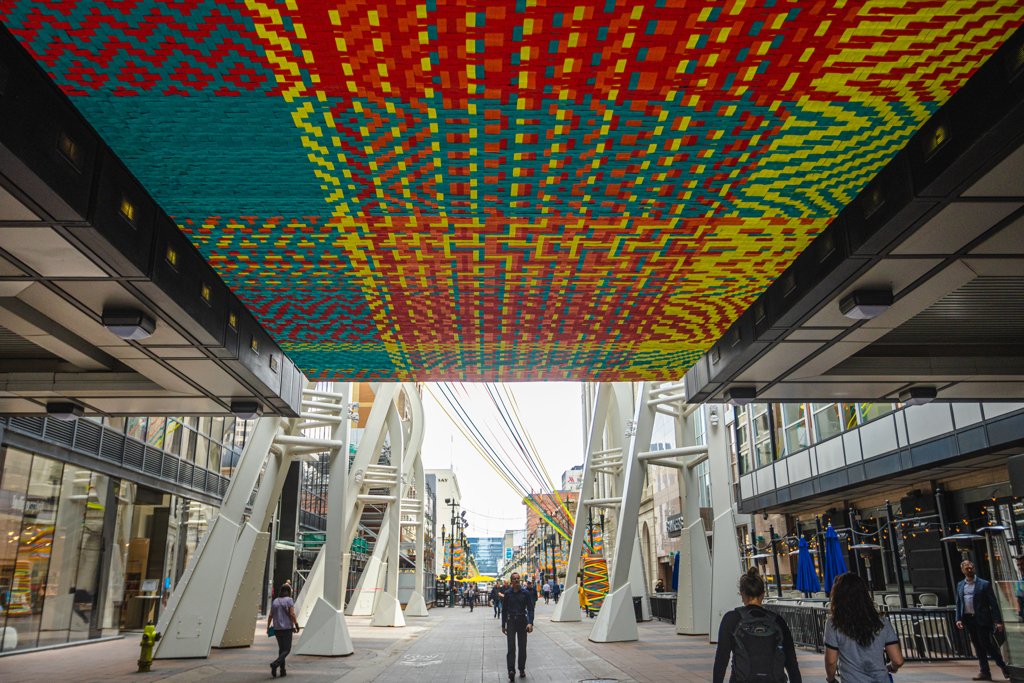
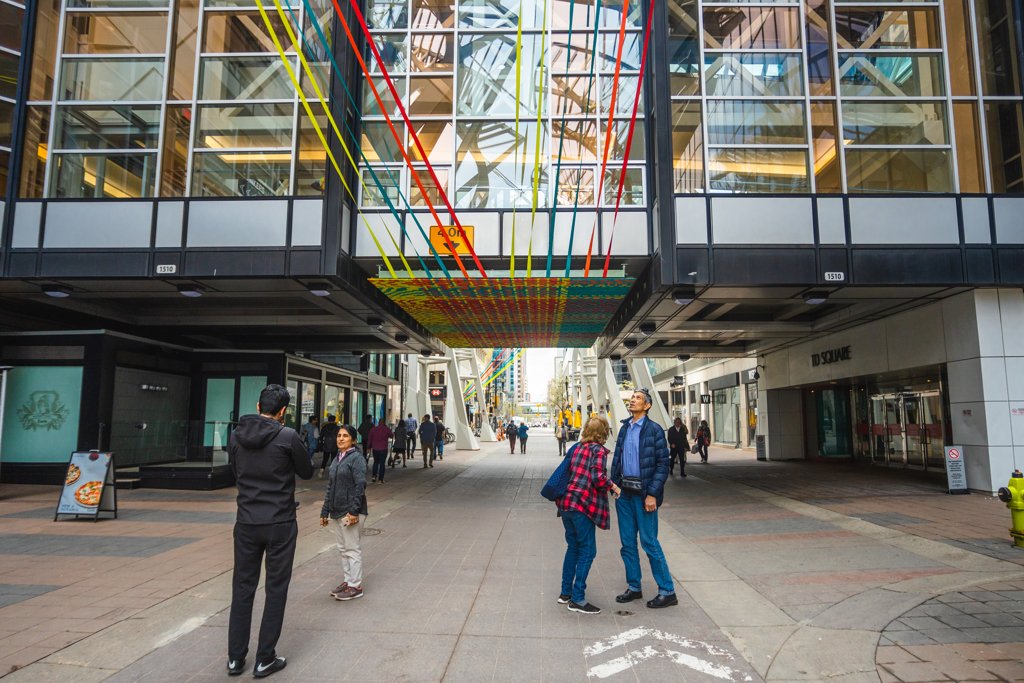
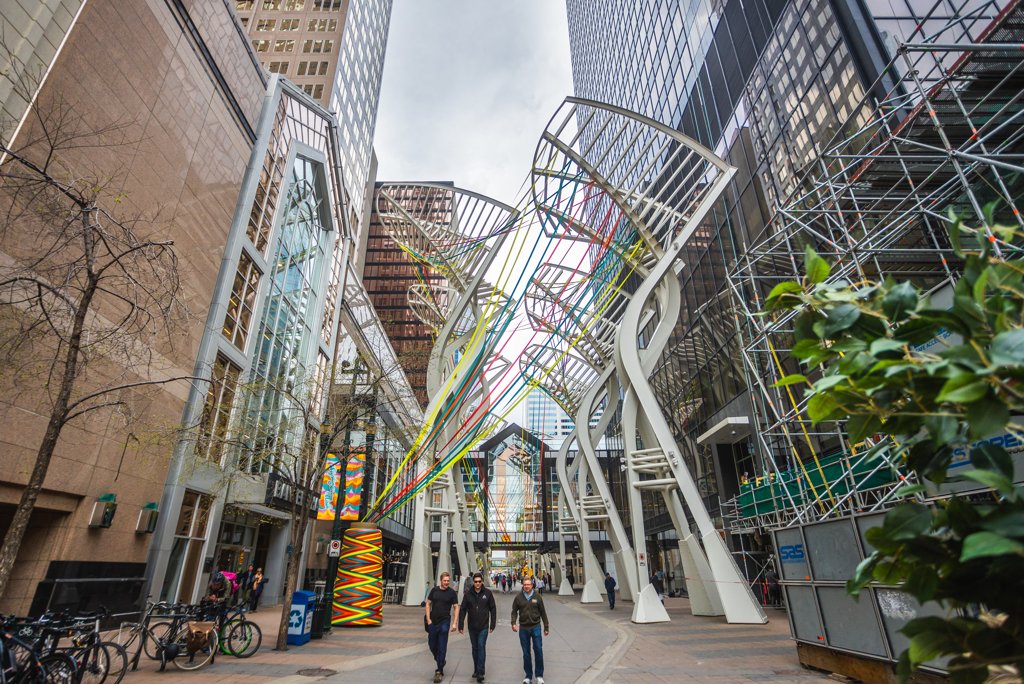
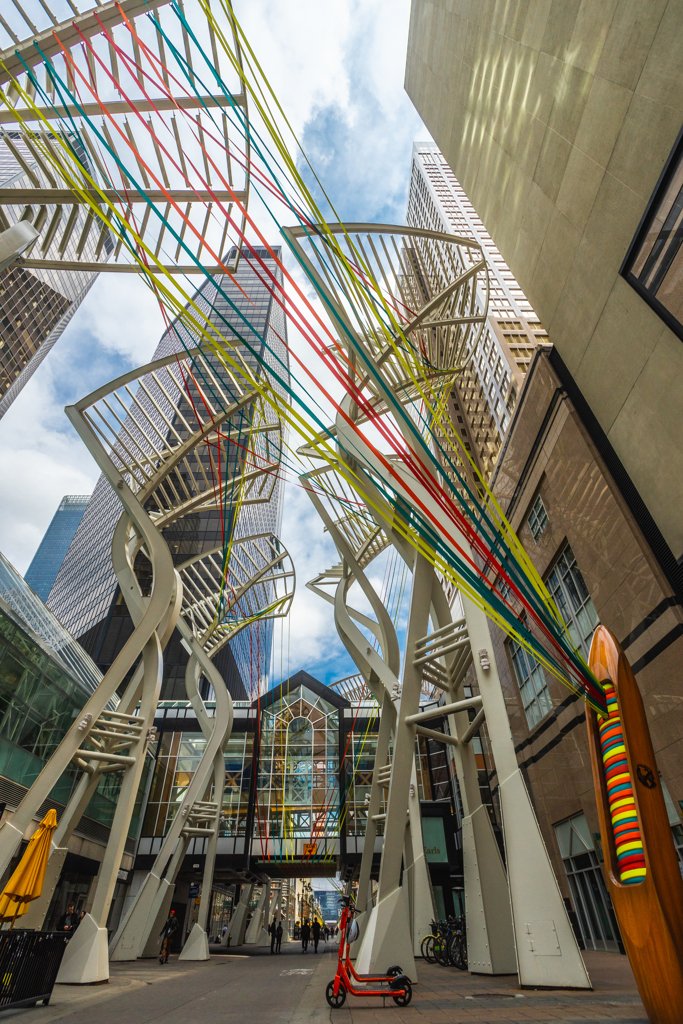
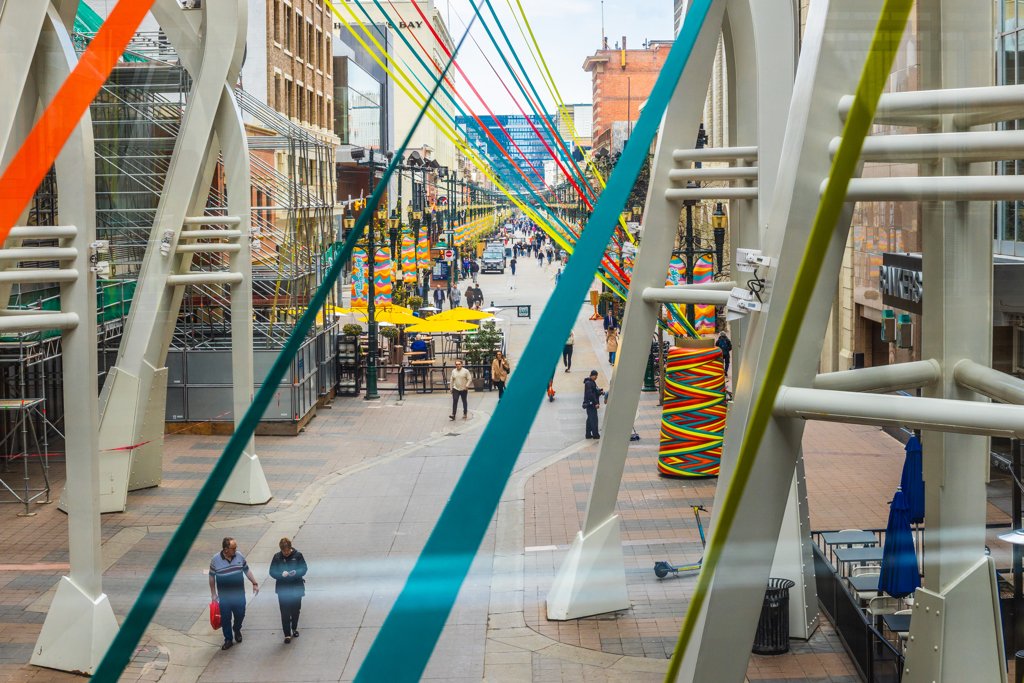
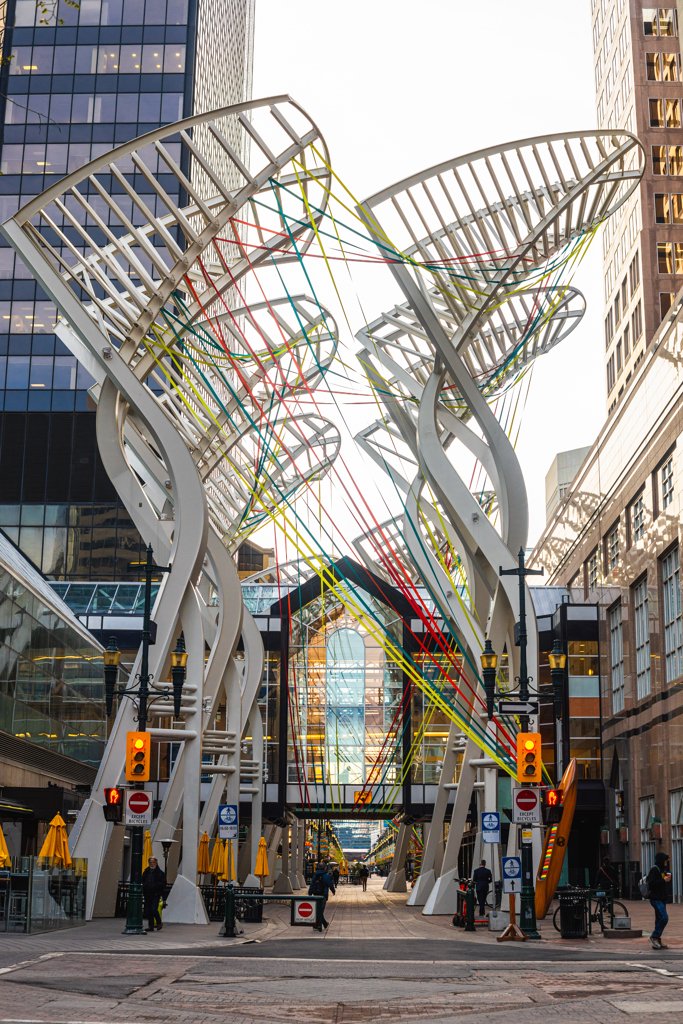
The Discipline of Constructing
In Anni Albers’ famous text Tactile Sensibility, the dedicated weaver stresses the importance of the tactile materiality rooted in the act of making, in craft: “we touch things in order to assure ourselves of reality. We touch the objects we love. We touch the things we form.” 'The discipline of constructing' by Jolie Bird is an ode to the process of making through the cadences of intimacy between the artist, her tools, and materials. The exhibition collates weavings, textile installation, in-gallery performances, and idea and skill sharing with the community. Throughout the duration of the show, Bird will be working in a representational artist’s studio, complete with a four-harness floor loom, assorted weaving tools, materials and snippets from her recent trip to Japan that informs the new body of work. Bird will also lead two workshops on the historical and cultural context of rope and knot making allowing participants to experience the tactile act of making both practical and decorative objects with their own hands. Accompanying essay by April Dean can be found here, Choosing Thread.
Photos by Gaptooth Sweatsuit
Stride Gallery is located in Mohkinstsis, the traditional territories of Treaty 7 people. Our activities take place on the land that was, for a long time, stewarded and cared for by the Blackfoot Confederacy (comprising the Siksika, Piikani, and Kainai First Nations), Tsuut’ina First Nation, and the Iyarhe/Stoney Nakoda people comprising the Chiniki, Bearspaw, and Wesley First Nations. The City of Calgary is also home to Métis Nation of Alberta, Region III.
1597; Harmonious Frequencies
1597; Harmonious Frequencies is a performance-based installation to be implemented in the Project Space over the course of twelve weeks. Working within a clean and minimal space, the artist will create an 8-foot diameter representation of the Fibonacci Sequence, which references the golden ratio found throughout nature. The pattern is made up of 1,597 dots configured in two sets of spirals that radiate in opposite directions. Each dot is created by wrapping a golden thread around itself and adhering it to the wall. The performance of labour and the arrangement of the artist’s tools are precise and considered; the monotonous nature of the action is physically challenging and requires self-discipline to achieve a consistent and high level of craftsmanship throughout the project. The methodical distribution of the Fibonacci pattern exemplifies an exacting natural order that references growth and the flow of energy. The physical reproduction of this pattern also alludes to ideas of organized chaos; the pattern is pre-established leaving only the repetitive action of producing the work. Throughout the course of the exhibition, as the dot spirals grow and change, the audience will have the opportunity to enter the space, talk with the artist, and view the work up close. At the end of the exhibition, once the pattern is complete, each dot will be removed from the wall leaving nothing behind but time-lapse documentation of the performance.
Photos by John Dean.
Esker Foundation is a privately funded contemporary art gallery located in Calgary, Canada. As a leader in the Calgary arts community, Esker Foundation connects the public to contemporary art through relevant, accessible, and educational exhibitions, programs, and publications. The gallery reflects on current developments in local, regional, and international culture; creates opportunities for public dialogue; and supports the production of groundbreaking new work, ideas, and research. Founded in 2012 by Jim and Susan Hill, Esker Foundation is a new model for institutional relevance, curatorial focus, and audience engagement. Admission is free. The gallery is barrier-free. In addition to the main exhibition space on the fourth floor of the Atlantic Avenue Arts Block, Esker Foundation hosts the Project Space at street level. As a vital alternative exhibition venue, the Project Space aims to engage the community by increasing the presence and accessibility of contemporary art. The Project Space program invites emerging and established artists to develop new, responsive exhibitions that directly address the neighborhood and explore important contemporary issues.
Wrapping
My approach to wrapping objects is slow and personal. I begin with a strategically located starting point and continue to wrap the thread around itself until I reach the end. It requires deep concentration with a steady hand; however, slowly, it becomes hypnotic almost dream-like, to the point where my attention blurs, and materials and the process guide me. In 2007, I wrapped a set of Matroska dolls, since then I have dedicated countless hours to refining my selection and perfecting the technique obsessively. It begins to feel like second nature; my hands instinctively know what to do next. I look for ways to enhance my sensorial experience and stay focused on the task, like listening to music with headphones; repetitive, atmospheric styles can amplify the slowness while I entomb each object. The tediousness dissipates as I slip deeper into my thoughts, feeling far removed from my immediate surroundings. Fibre, through its very nature, communicates time; like various traditional techniques, this binding process is not complicated to do but requires a long span of attention, patience and stamina, making the process inherently connected to its meaning. Wrapping is a tactile process; as I apply the thread, I form an intimate connection with each chosen object.
What’s Around Me
I spent a week at FIELDWORK collecting an assortment of discarded debris such as trash and broken branches along with rocks and other non-living artifacts from a specified area possibly the sub-zone. Collected objects will be individually wrapped in a gold iridescent thread transforming them into precious objects of desire. Once wrapped, they will be returned to their original location where they will be exposed to the elements and therefore continue to change as time passes. Documentation of my project will include photographs, taking notes and doing drawings inspired by a predetermined selection of texts and the physical exploration of the space. Selected documentation will be shared on FIELDWORK’S various social media platforms during and after the project has been completed.
